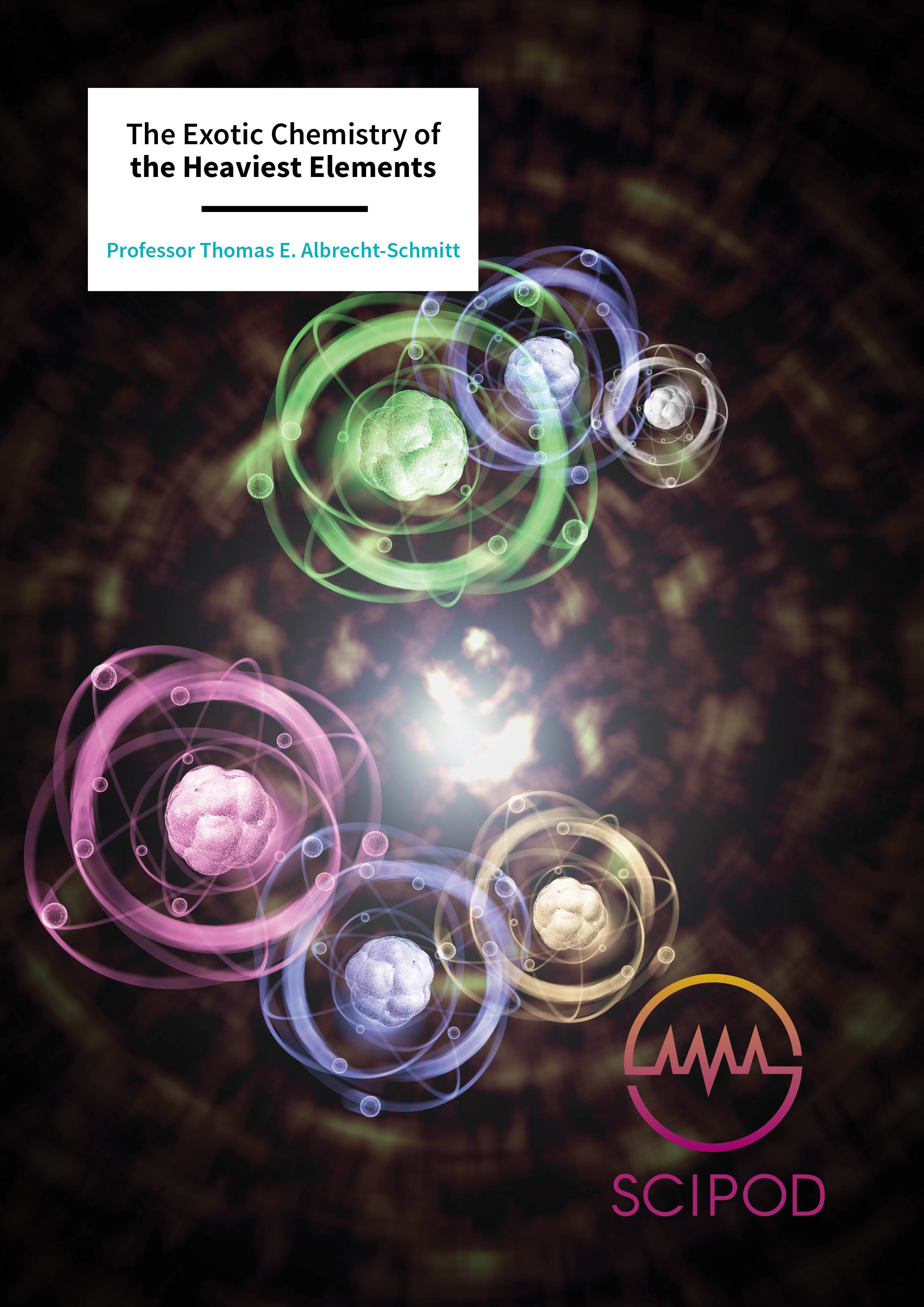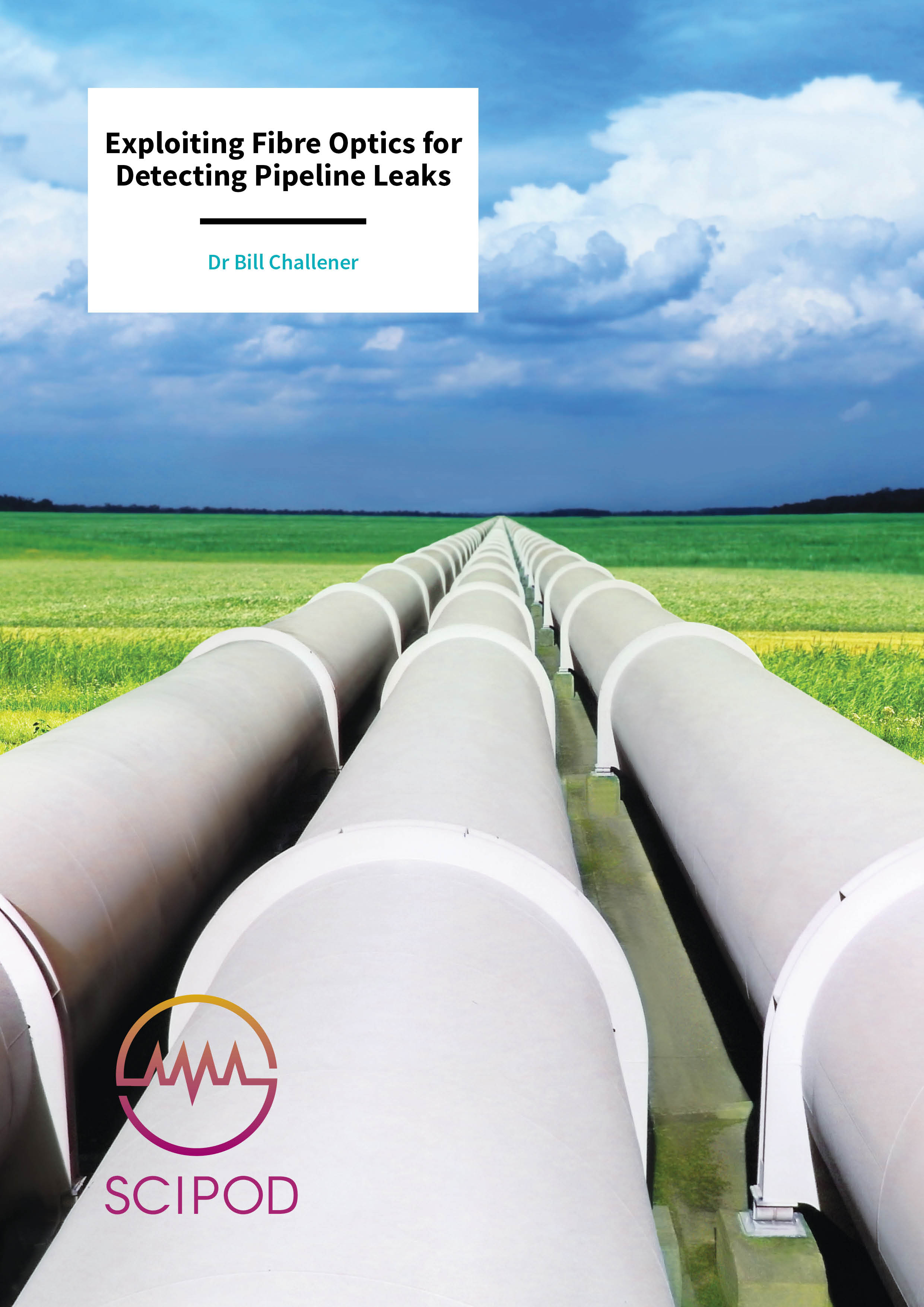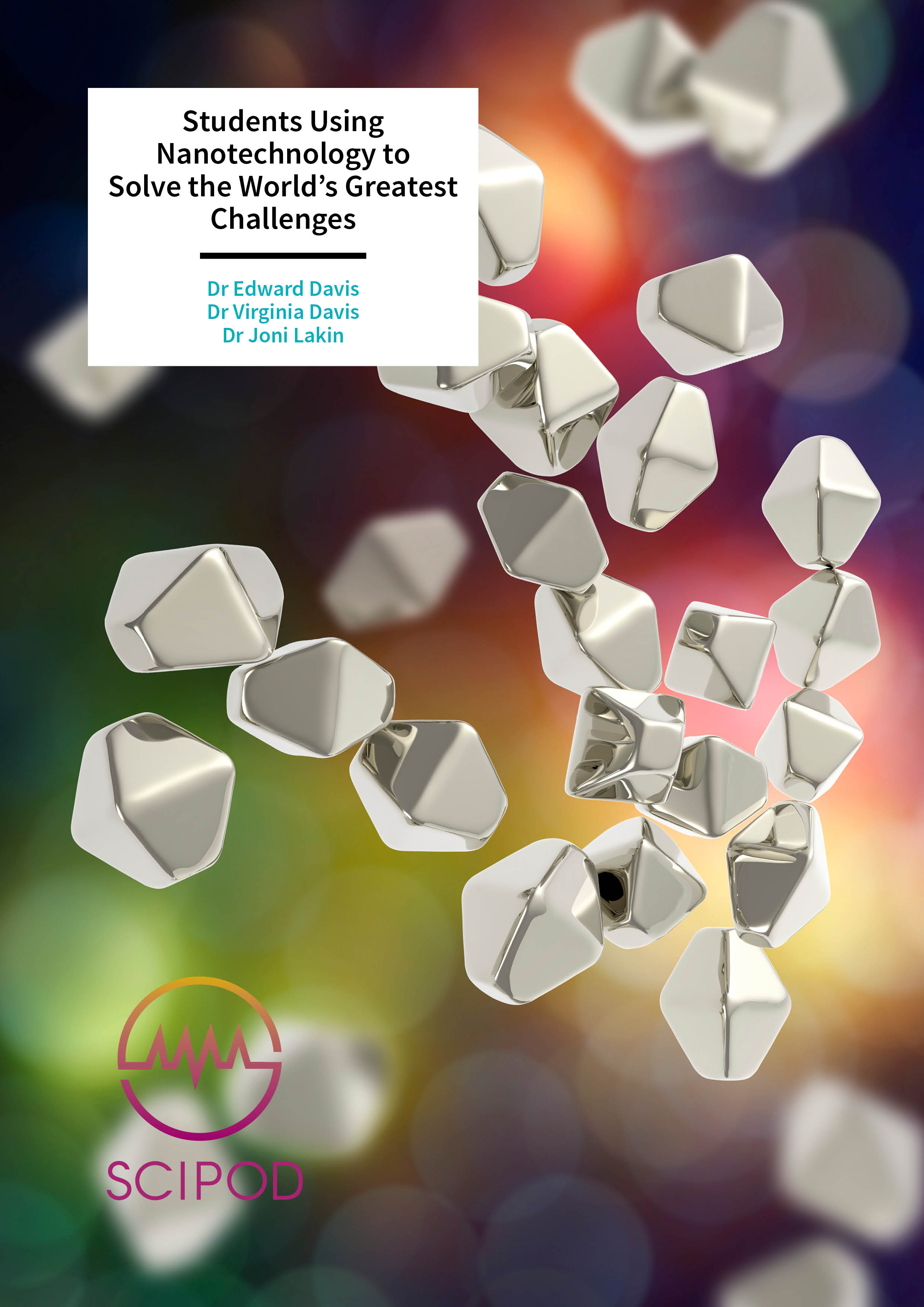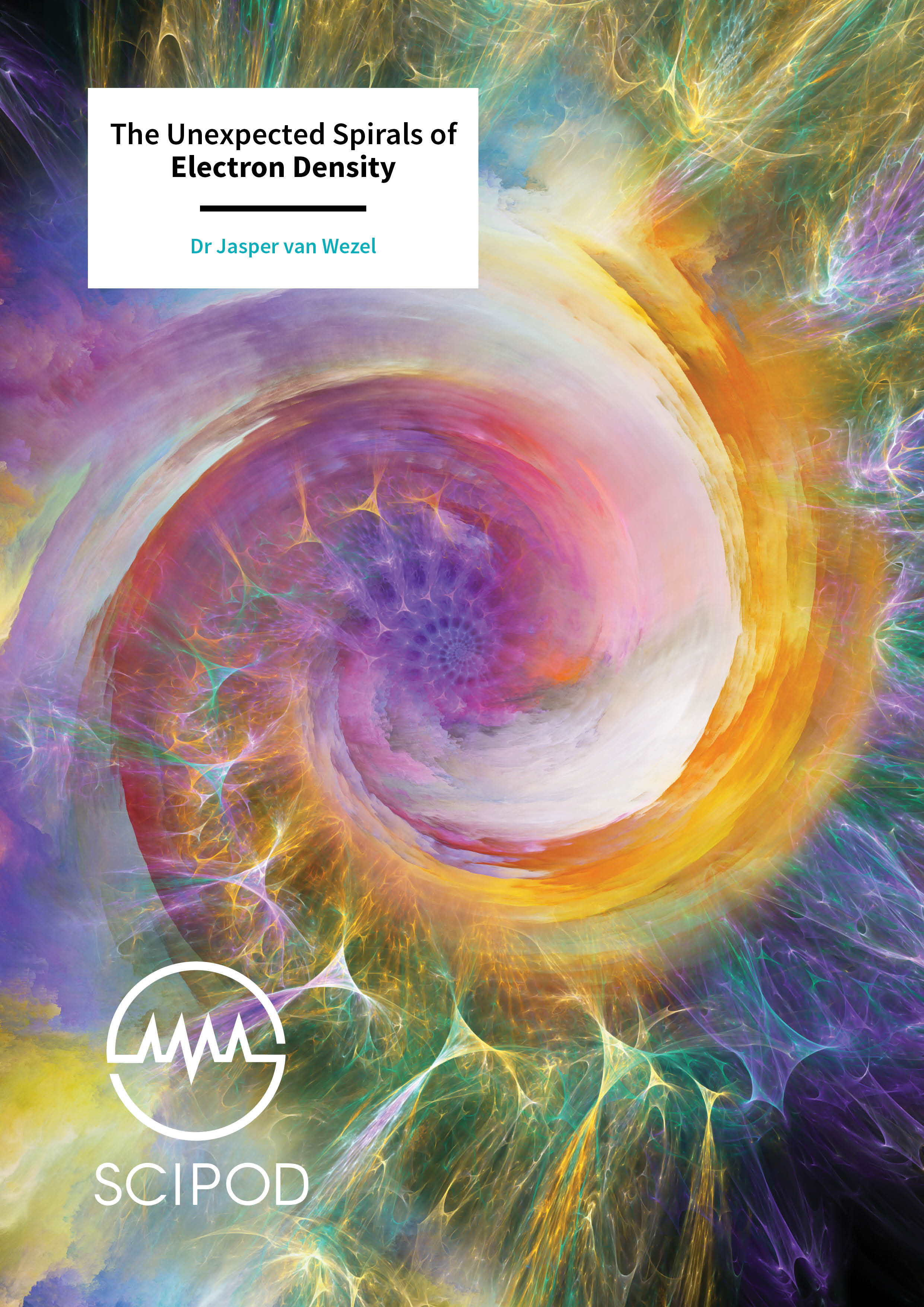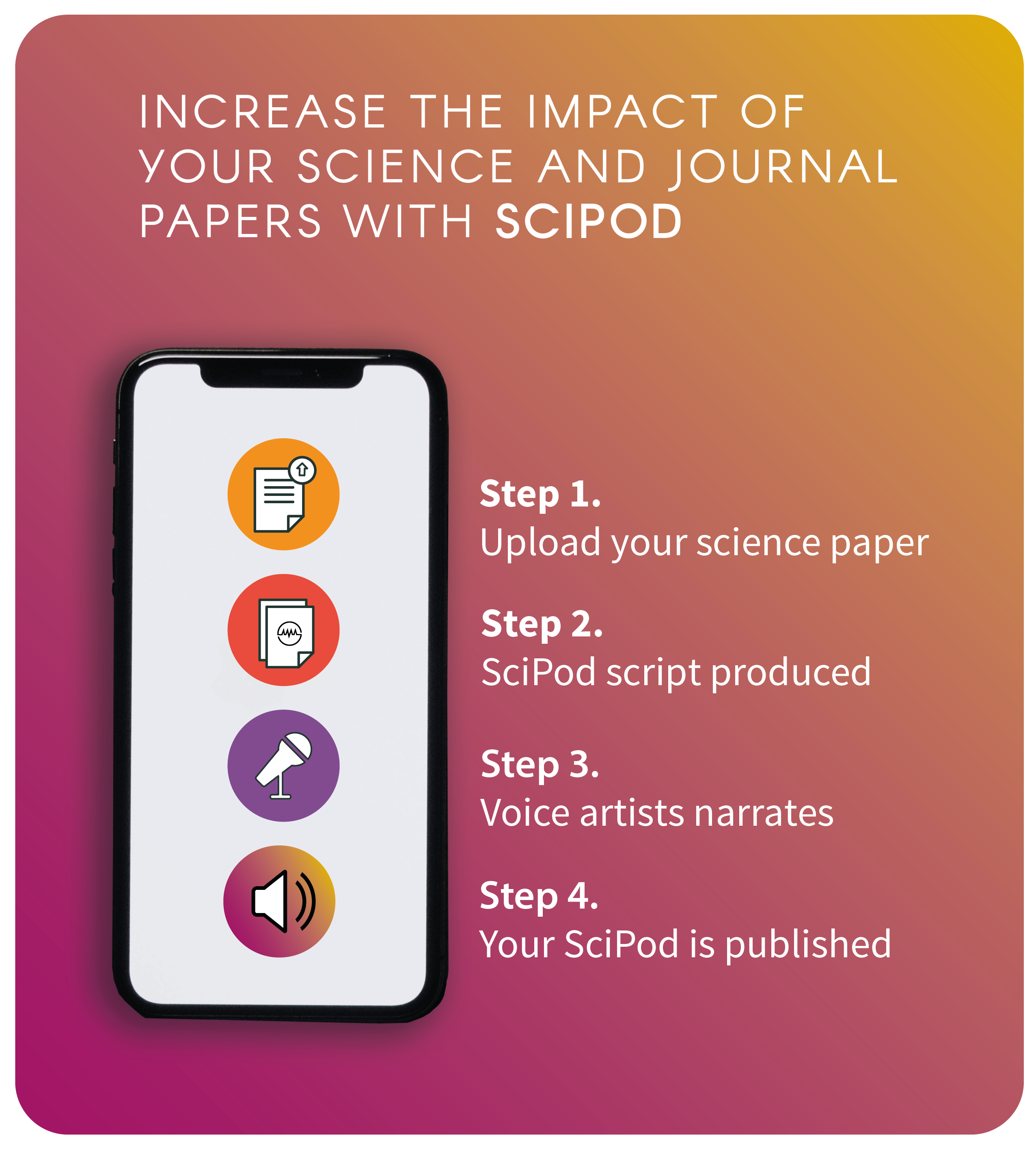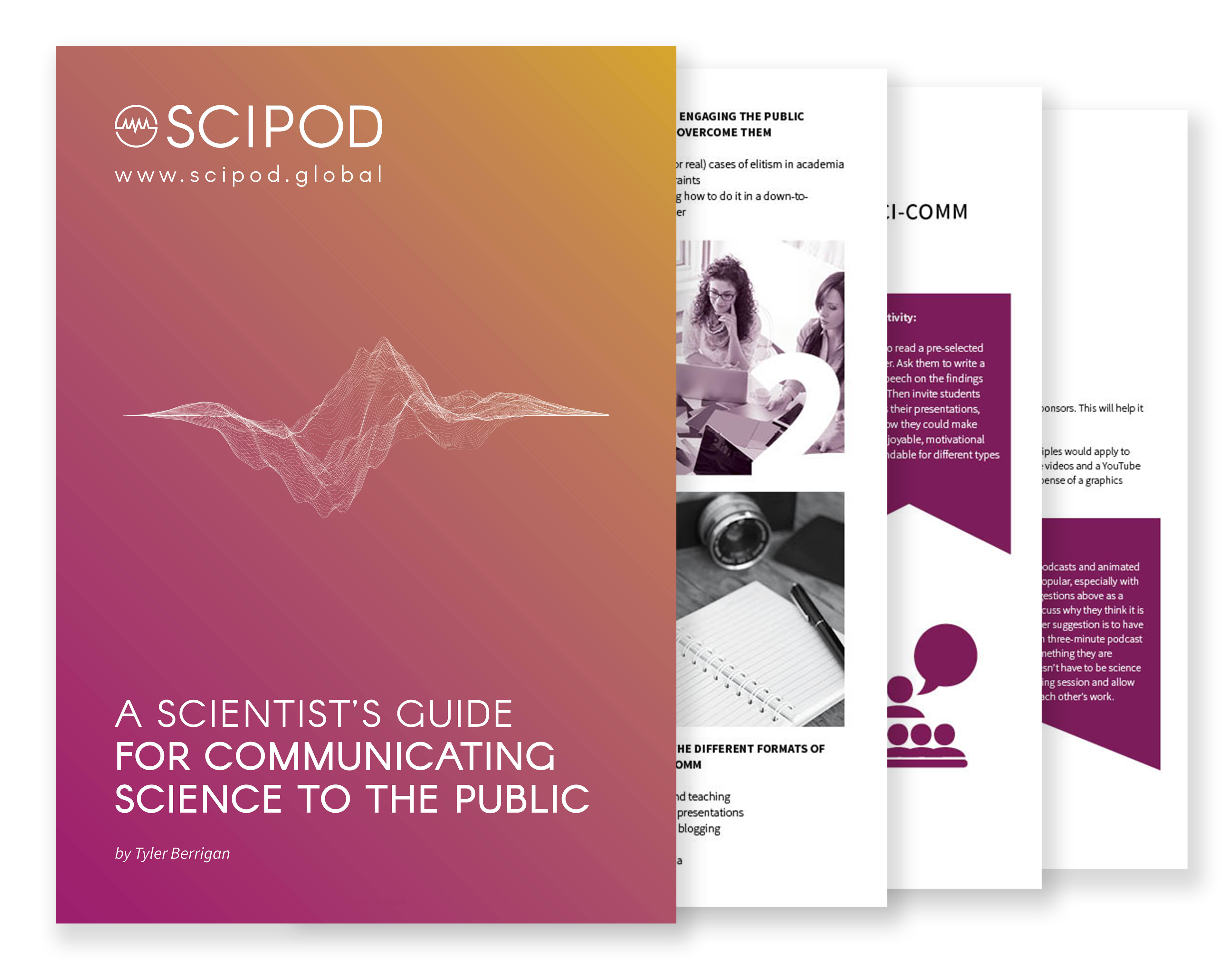Welcome to SciComm Radio
An exclusive interview series with leading scientists and science communicators
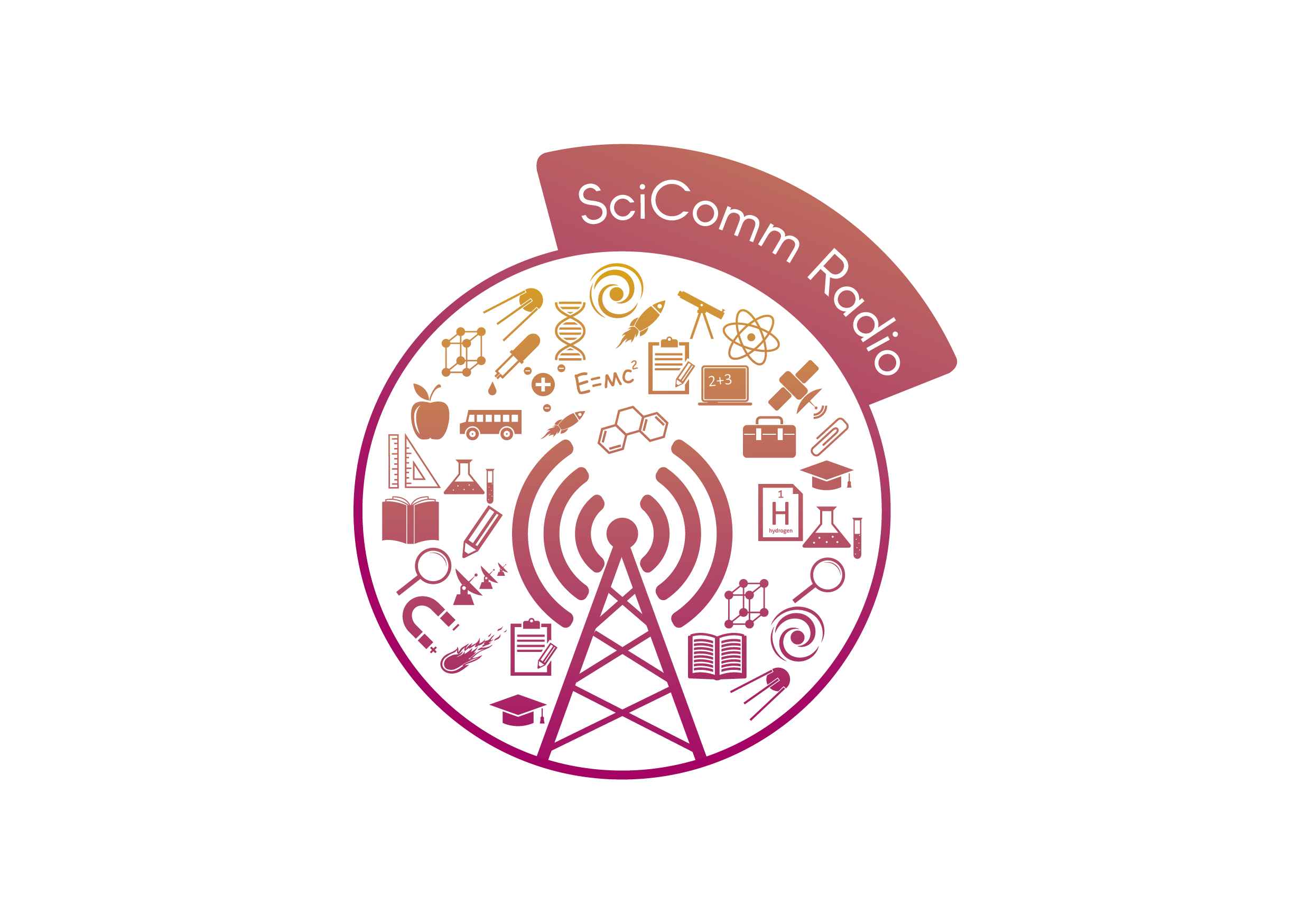
Click Below To Listen To A SciPod Radio Episode
Exploiting Fibre Optics for Detecting Pipeline Leaks – Dr Bill Challener, GE Global Research
Exploiting Fibre Optics for Detecting Pipeline Leaks – Dr Bill Challener, GE Global Research
Original Article Reference
Share Episode
About this episode
Some of the best ideas in science are ones that seem completely obvious – but only after someone else has thought them up. In the world of pipeline leak detection, Dr Bill Challener and his team at GE Global Research have dramatically extended the range of one of the most widely used methods, by bringing together technologies from across science and engineering, in a beautifully simple way.
This work is licensed under a Creative Commons Attribution 4.0 International License. 
What does this mean?
Share: You can copy and redistribute the material in any medium
or format
Adapt: You can change, and build upon the material for any
purpose, even commercially.
Credit: You must give appropriate credit, provide a link to the
license, and indicate if changes were made.
Related episodes
Increase the impact of your research
• Good science communication encourages everyday people to be scientifically literate so that they can analyse the integrity and legitimacy of information.
• Good science communication encourages people into STEM-related fields of study and employment.
• Good public science communication fosters a community around research that includes both members of the public, policymakers and scientists.
• In a recent survey, 75% of people suggested they would prefer to listen to an interesting story than read it.

Upload your science paper
Step 2
SciPod script written
Step 3
Voice audio recorded
Step 4
SciPod published
How NASA’s Satellites Are Mapping the Way for Global Policy – Vanessa M. Escobar and Dr Molly E. Brown
How NASA’s Satellites Are Mapping the Way for Global Policy – Vanessa M. Escobar and Dr Molly E. Brown
NASA’s satellite technologies have provided a wealth of data about the planet, and can be tailored into usable products to support major decision makers across the world. Vanessa M. Escobar and Molly E. Brown are working to bring these data products to decision-making organisations, to help them reach their goals, while also supporting the sustainability of our delicate planet.

You may also like …
The Exacting Task of Bringing Molecules to Attention – Bretislav Friedrich, Fritz Haber Institute of the Max Planck Society
The Exacting Task of Bringing Molecules to Attention – Bretislav Friedrich, Fritz Haber Institute of the Max Planck Society
Molecules are relentlessly dynamic – vibrating, cartwheeling, and zigzagging in a restless hustle. In order to study molecular properties and interactions, their motions must be tamed to a certain degree. In particular, the ability to make molecules face in a specific direction – to align or orient their axis – is sought in many diverse research areas. Bretislav Friedrich and his team at the Fritz Haber Institute, together with collaborators at Harvard, Purdue, Universität Regensburg, and the Freie Universität Berlin, have devised ways to coerce molecules into alignment and orientation. At the same time, they found exact solutions to the Schrödinger equation for particular strengths of the interactions between molecules and the electromagnetic fields that cause the aligning and orienting.
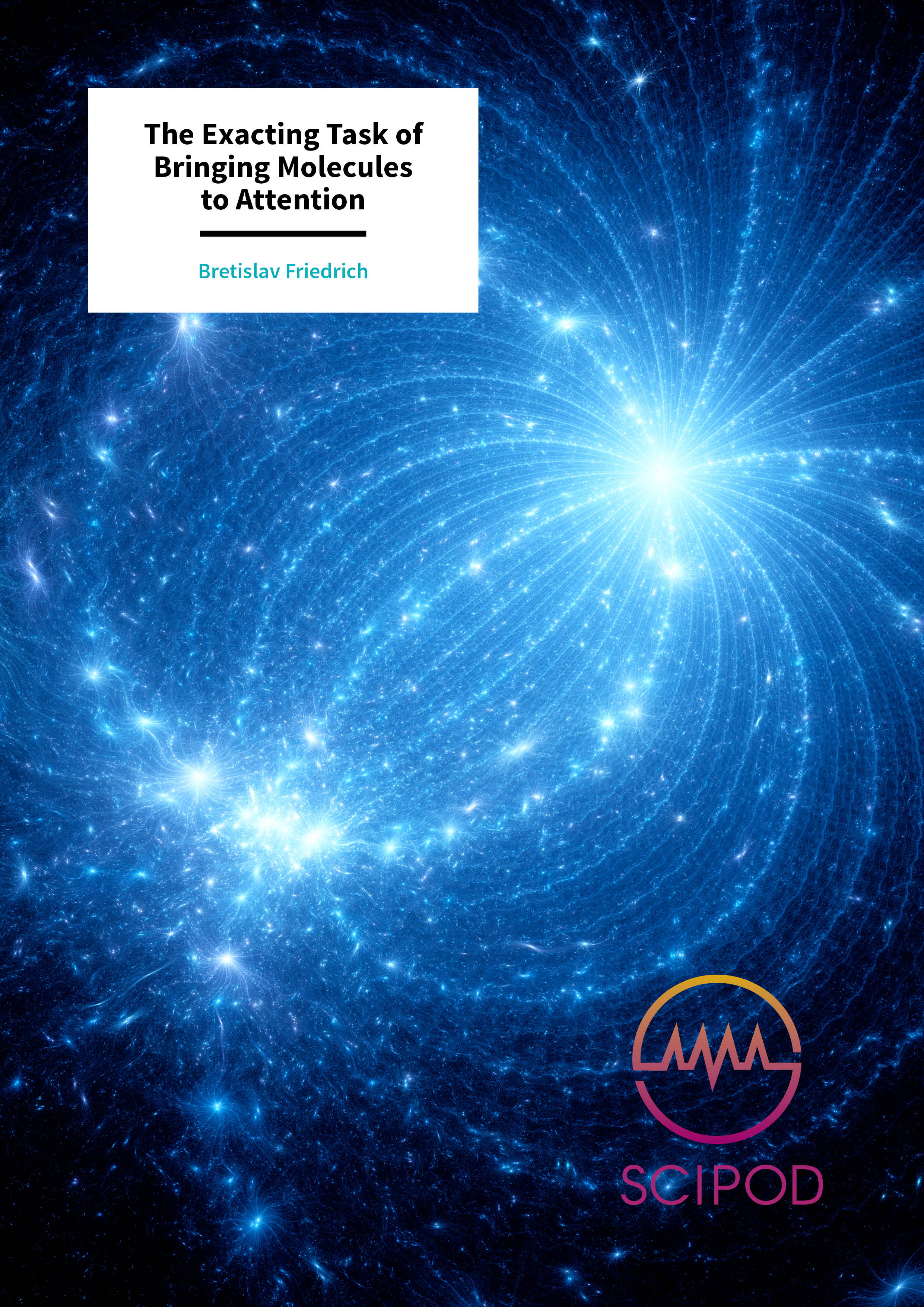
You may also like …
Indefinite Causal Order, Faster Computers and Fundamental Questions – Professor Philip Walther, University of Vienna
Indefinite Causal Order, Faster Computers and Fundamental Questions – Professor Philip Walther, University of Vienna
Quantum mechanics has greatly improved the speeds at which computers make calculations, but new research shows that quantum computers can be made to run even faster. Professor Philip Walther and his team at the University of Vienna have shown that the very orders in which quantum computers carry out operations can be superimposed, essentially meaning that two or more operations can be carried out at the same time. This work could give rise to even more efficient quantum computers in the near future, but also leaves some baffling questions about our physical understanding of the Universe.
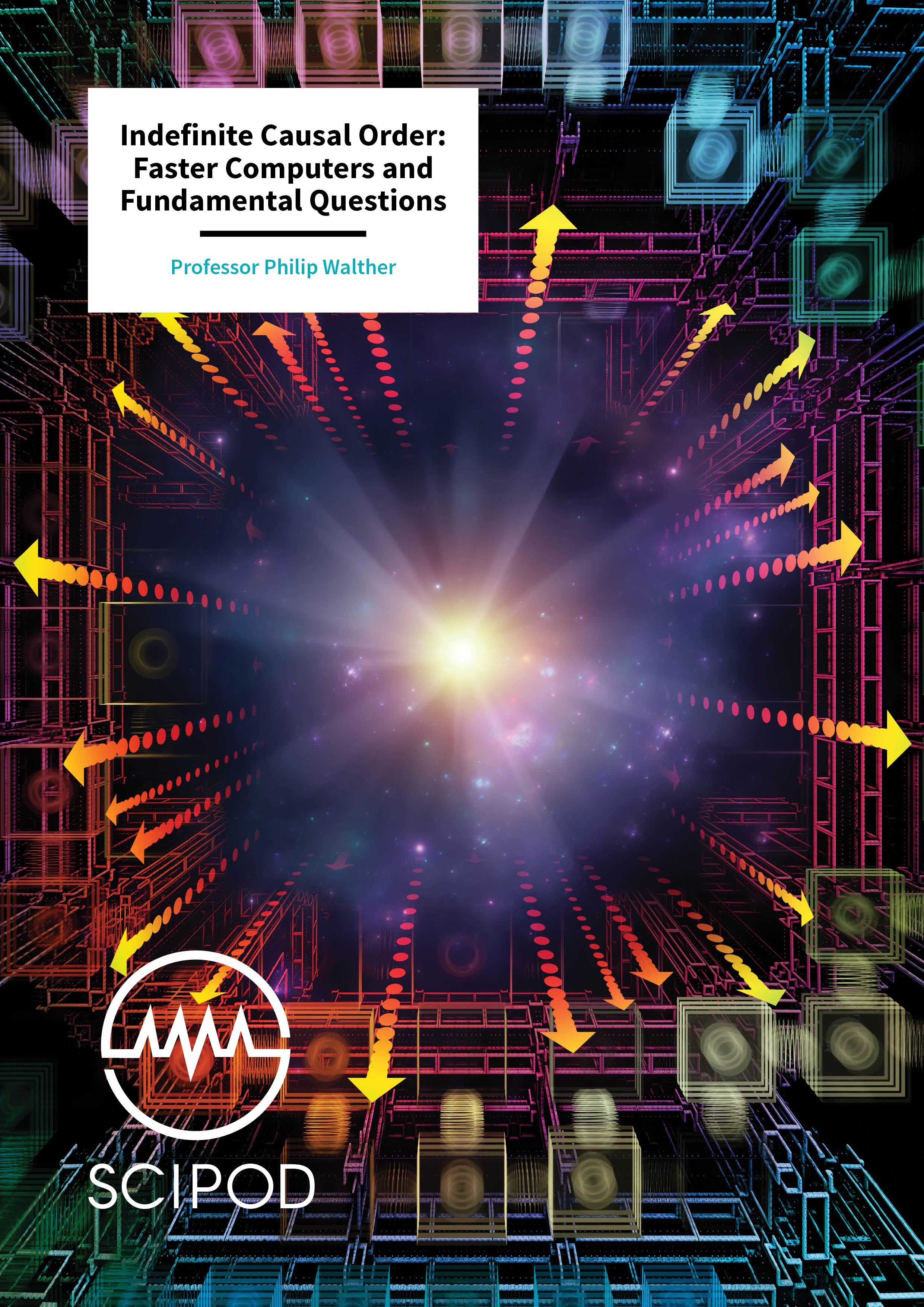
You may also like …
Stretchable Sensors Electronics on the Move – Dr Madhu Bhaskaran, RMIT University
Stretchable Sensors Electronics on the Move – Dr Madhu Bhaskaran, RMIT University
Stretchable electronic devices have numerous applications in many fields, such as healthcare monitoring, communications and detecting dangerous substances. Dr Madhu Bhaskaran and her group at the RMIT University have developed an innovative new method for producing devices that are both stretchable and transparent.
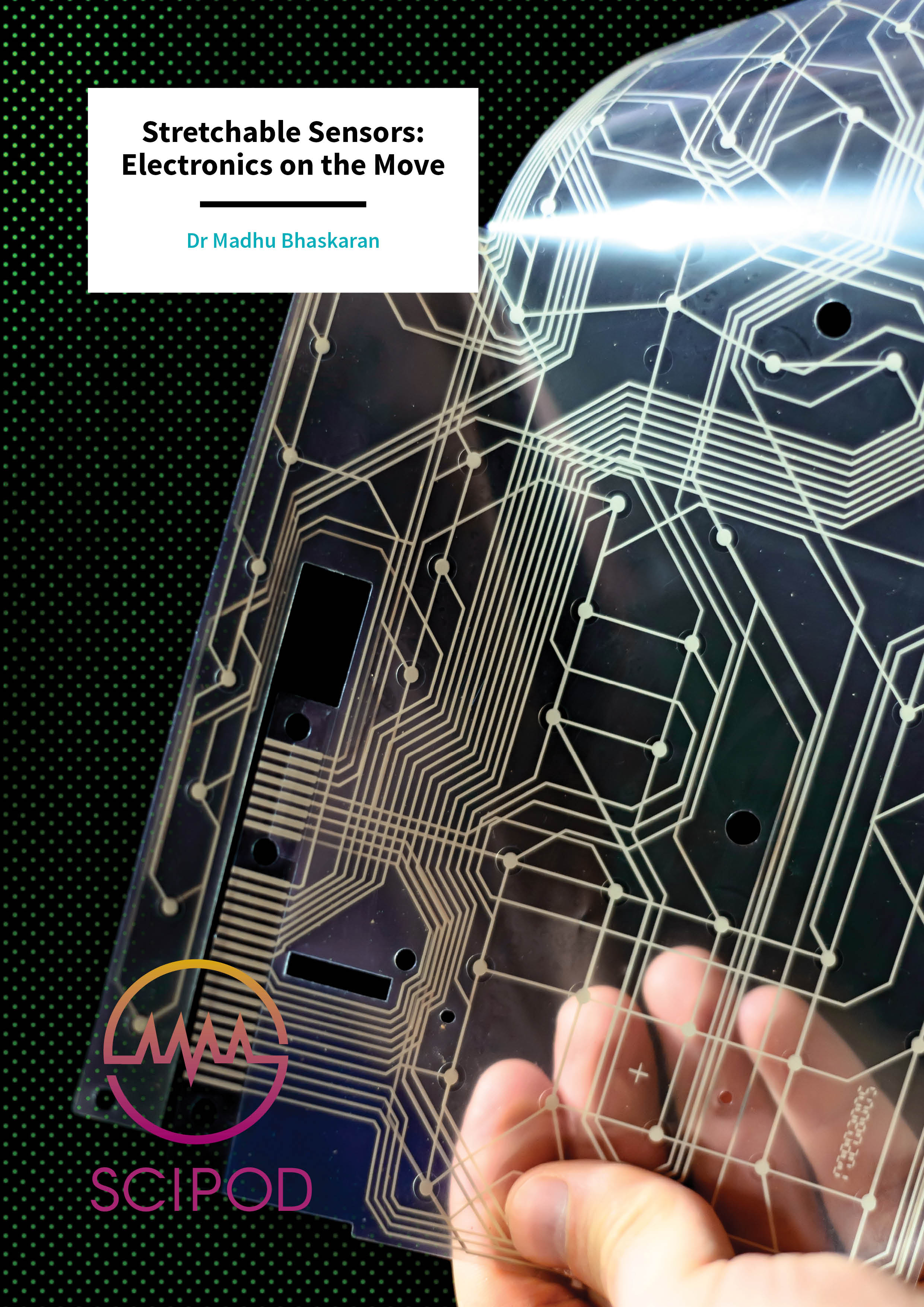
You may also like …
The Core of Corruption – Professor Bo Rothstein, University of Gothenburg
The Core of Corruption – Professor Bo Rothstein, University of Gothenburg
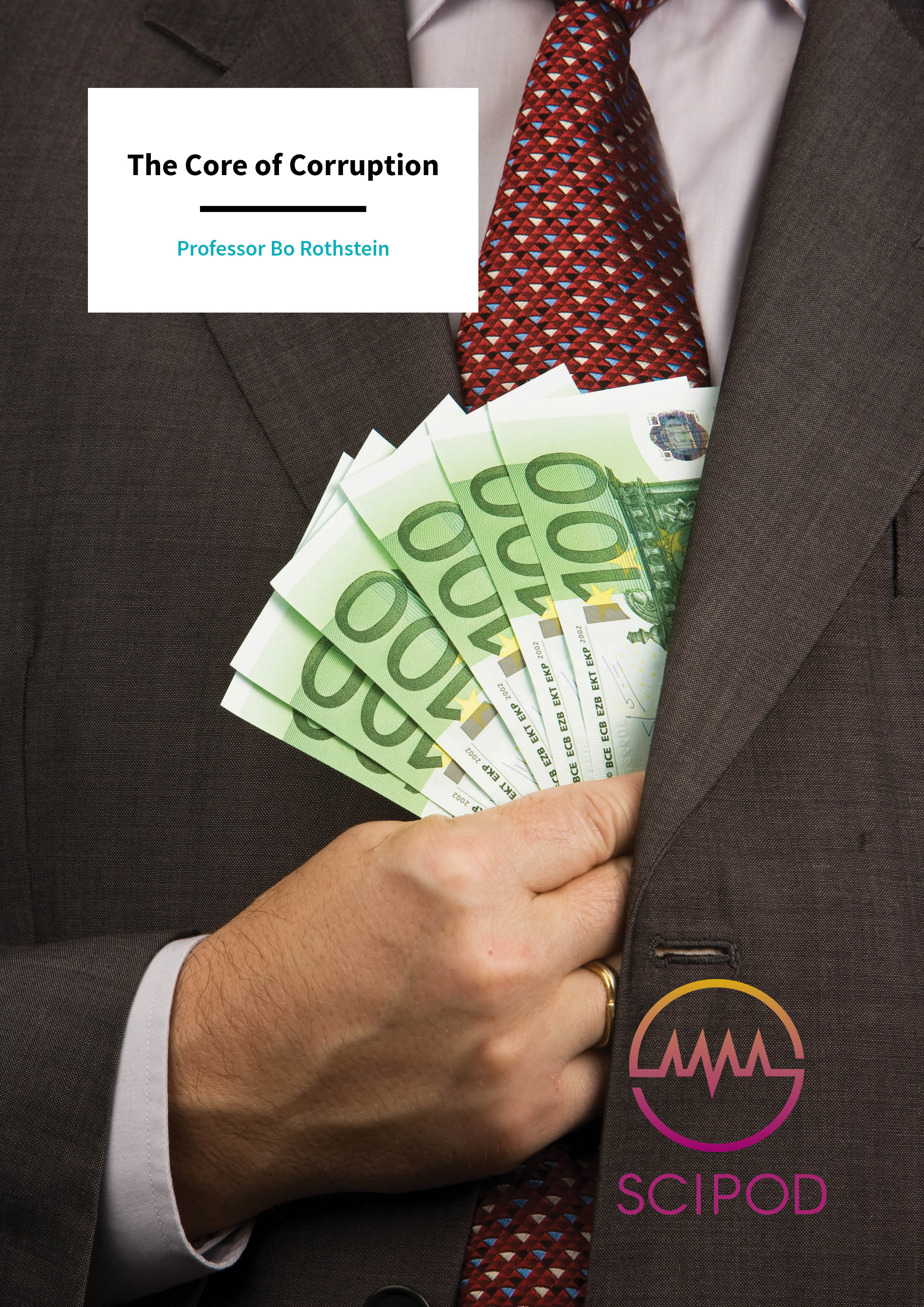
You may also like …
Studying the Surface of Asteroids by Investigating Powder in the Lab – Dr Daniel D Durda, Southwest Research Institute
Studying the Surface of Asteroids by Investigating Powder in the Lab – Dr Daniel D Durda, Southwest Research Institute
Space scientist Dr Dan Durda and his team at the Southwest Research Institute in Boulder, Colorado, are working to understand how the planets in our Solar System evolved. The team is searching for practical ways to exploit nearby asteroids, through investigating how materials on their surfaces act in microgravity.
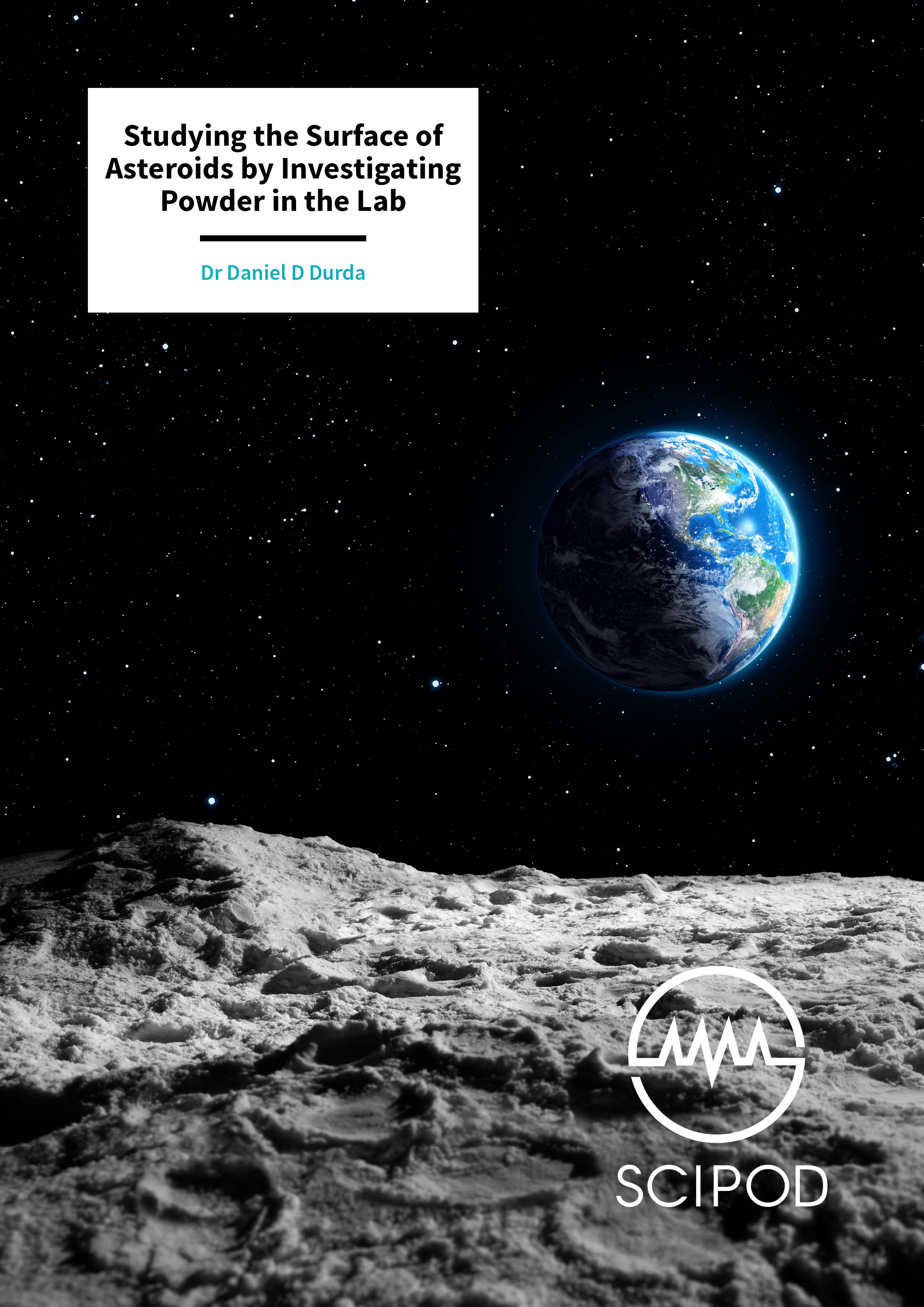
You may also like …
Knowing What We Face in an Uncertain Climate – Drs Roger Cooke and Bruce Wielicki
Knowing What We Face in an Uncertain Climate – Drs Roger Cooke and Bruce Wielicki
Dr Roger Cooke of the non-profit Resources for the Future and Dr Bruce Wielicki of the NASA Langley Research Center have been researching the challenges, costs and benefits of a proposed international climate observation system capable of providing the highly valuable information needed for managing our climate.
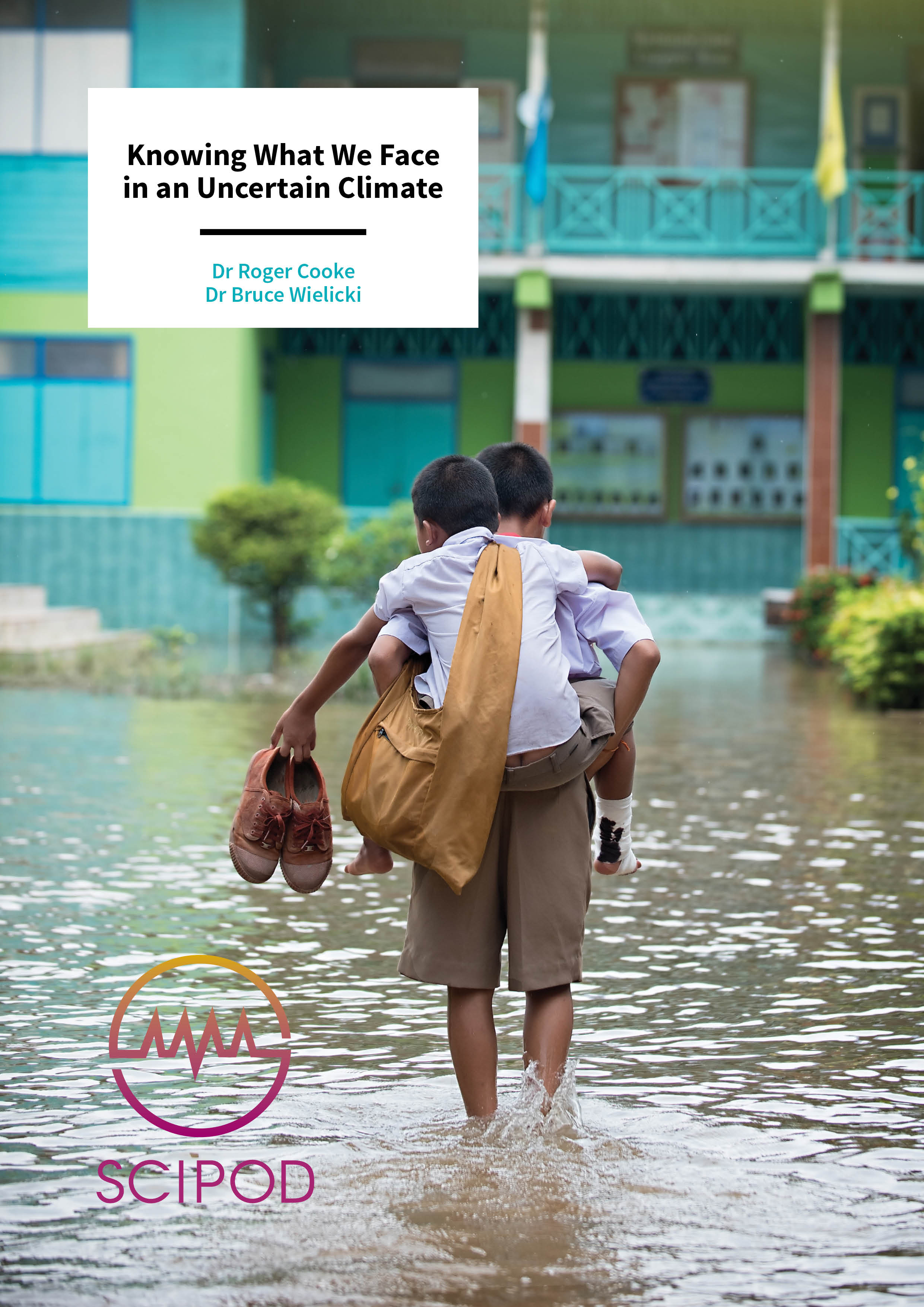
You may also like …
Creating the Eagle Nebula Pillars in the Lab – Drs Marc Pound, Jave Kane, Bruce Remington, David A. Martinez
Creating the Eagle Nebula Pillars in the Lab – Drs Marc Pound, Jave Kane, Bruce Remington, David A. Martinez
The ‘Pillars of Creation’ is one of the most iconic images ever taken by the Hubble Space Telescope, but the processes that formed these colossal tendrils of the Eagle Nebula are still not entirely understood. To test emerging theories, Drs Marc Pound, Jave Kane, David Martinez and Bruce Remington are using the National Ignition Facility, at Lawrence Livermore National Laboratory (LLNL) in Livermore, California, to recreate the conditions that formed the pillars, on a much smaller scale.
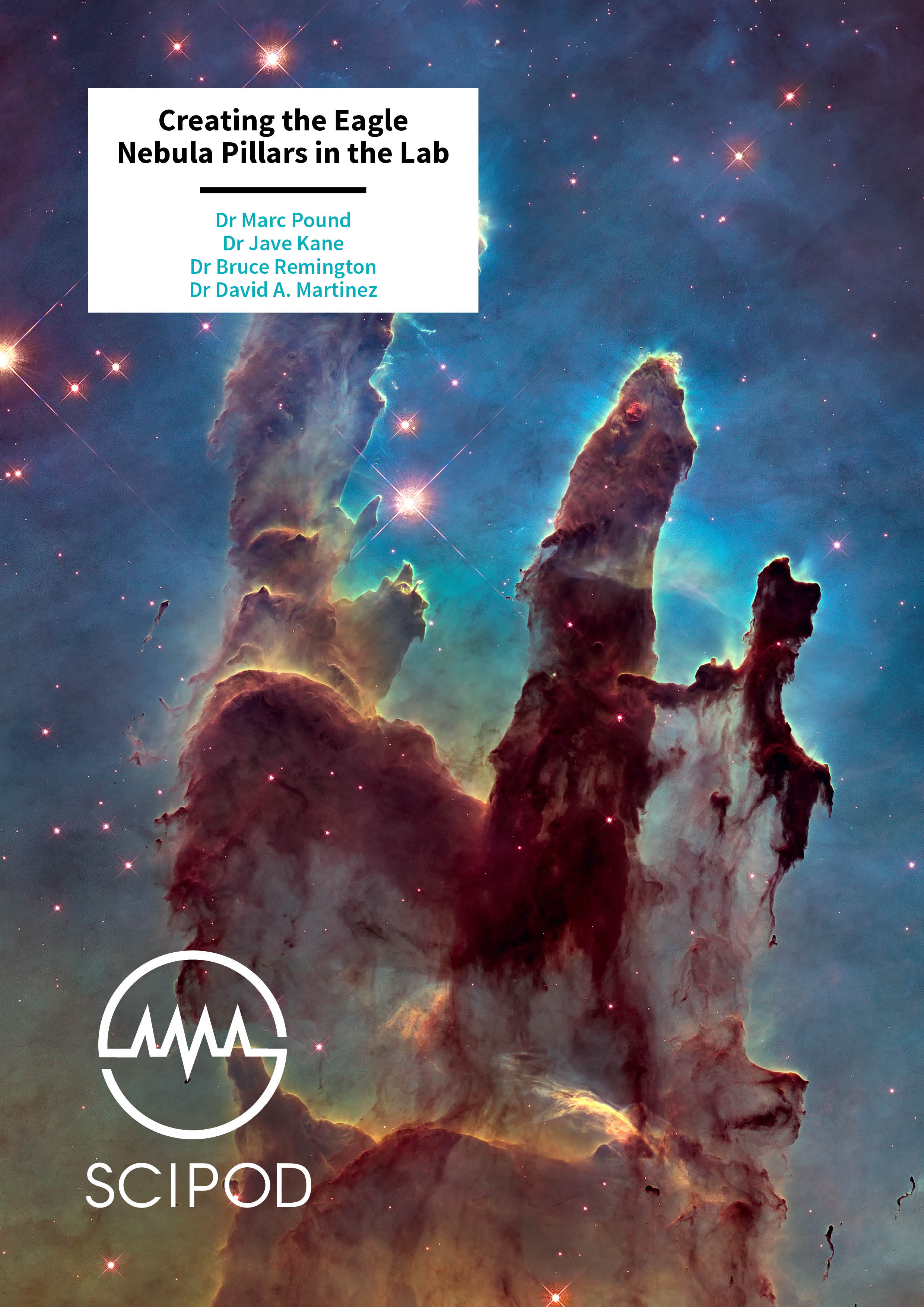
You may also like …
Trees – the True Urban Warriors – Dr Nina Bassuk, Cornell University
Trees – the True Urban Warriors – Dr Nina Bassuk, Cornell University
Trees benefit cities in many often-overlooked ways. They not only beautify concrete backdrops, but also improve the quality of our urban lives by providing shade, reducing storm runoff, filtering air and providing homes for birds and insects. Trees face big challenges, however, growing up in cities, largely because of drought and poor soils. To help trees survive these concrete deserts, Dr Nina Bassuk and her colleagues at Cornell University have been evaluating trees and shrubs for their ability to adapt, including developing resilient hybrid oak trees. A parallel research track aims at remediating urban soil conditions to reduce urban tree stress.
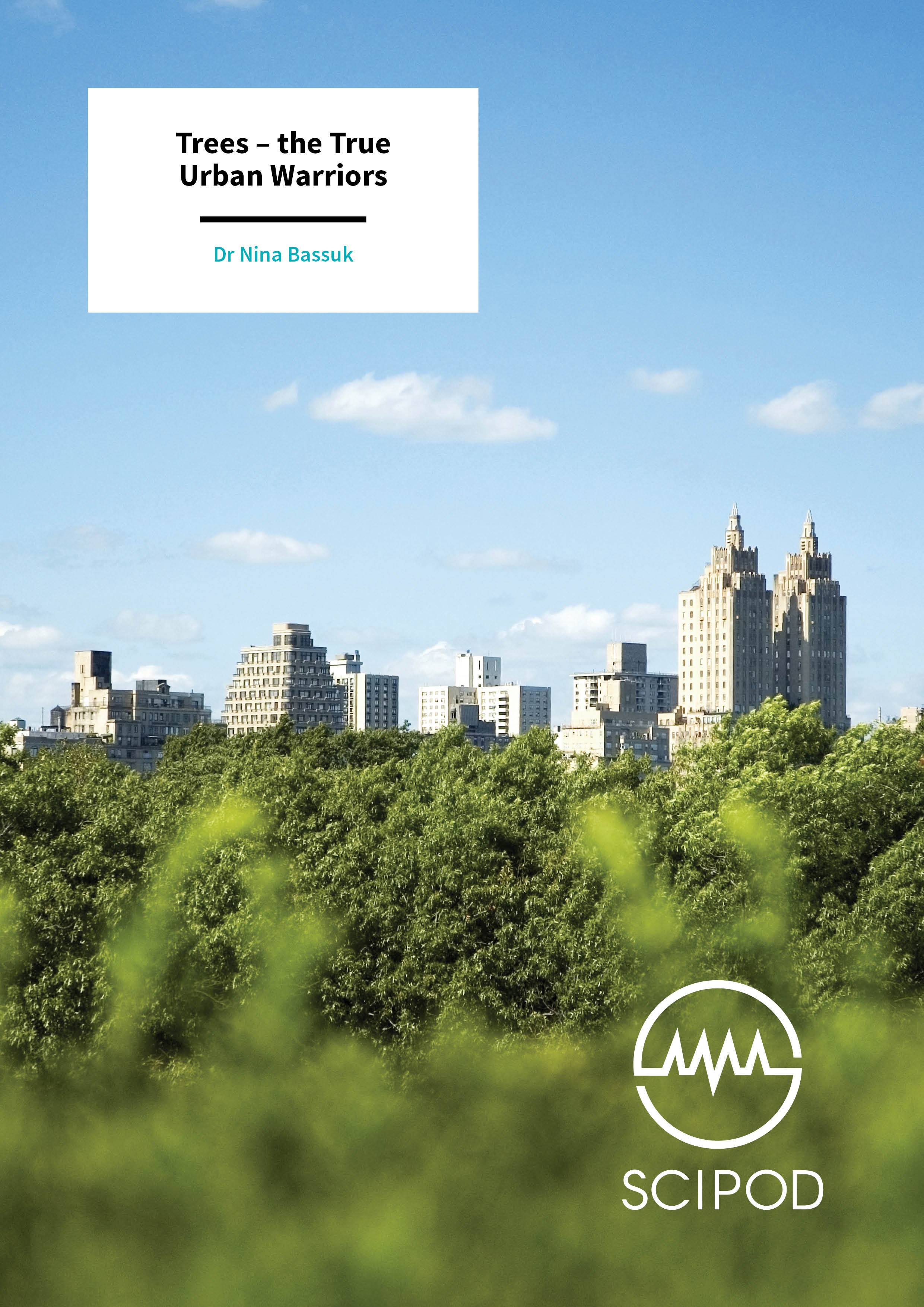
You may also like …
Finding Water in the Moon’s Shadows – Dr Craig Hardgrove, Arizona State University
Finding Water in the Moon’s Shadows – Dr Craig Hardgrove, Arizona State University
The Moon’s poles are enriched in hydrogen, a key component of water-ice, but there’s still much to learn. Dr Craig Hardgrove and his colleagues at Arizona State University are leading the Lunar Polar Hydrogen Mapper (LunaH-Map) mission, which aims to discover how much water-ice is hidden in the permanently shadowed regions of the Moon.
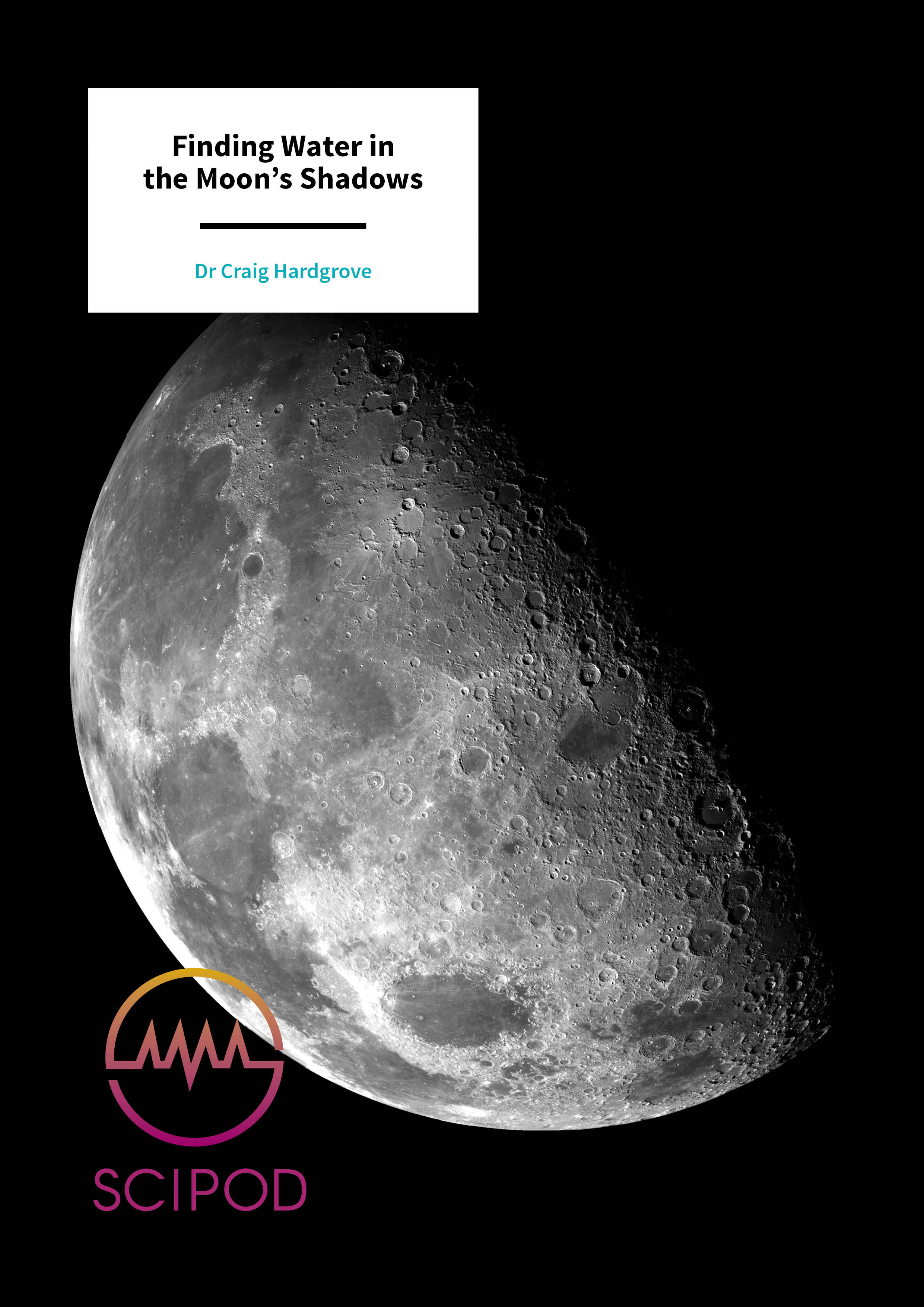
You may also like …
Hope for Humanity in the Energy Crisis: Astronomical Jets in a Lab – Professor Setthivoine You, University of Washington
Hope for Humanity in the Energy Crisis: Astronomical Jets in a Lab – Professor Setthivoine You, University of Washington
If we consider Earth as a closed box in which humanity has only ever lived, the second law of thermodynamics says that in the end, inevitably, the box will reach a state of maximum disorder. So, in the long run, there are two important ways in which our species might cope with the issue: switch to increasingly cleaner energy sources to push the deadline further away, and colonise the solar system to expand the size of the box. Professor Setthivoine You and his team at the University of Washington are currently working on making both outcomes possible.
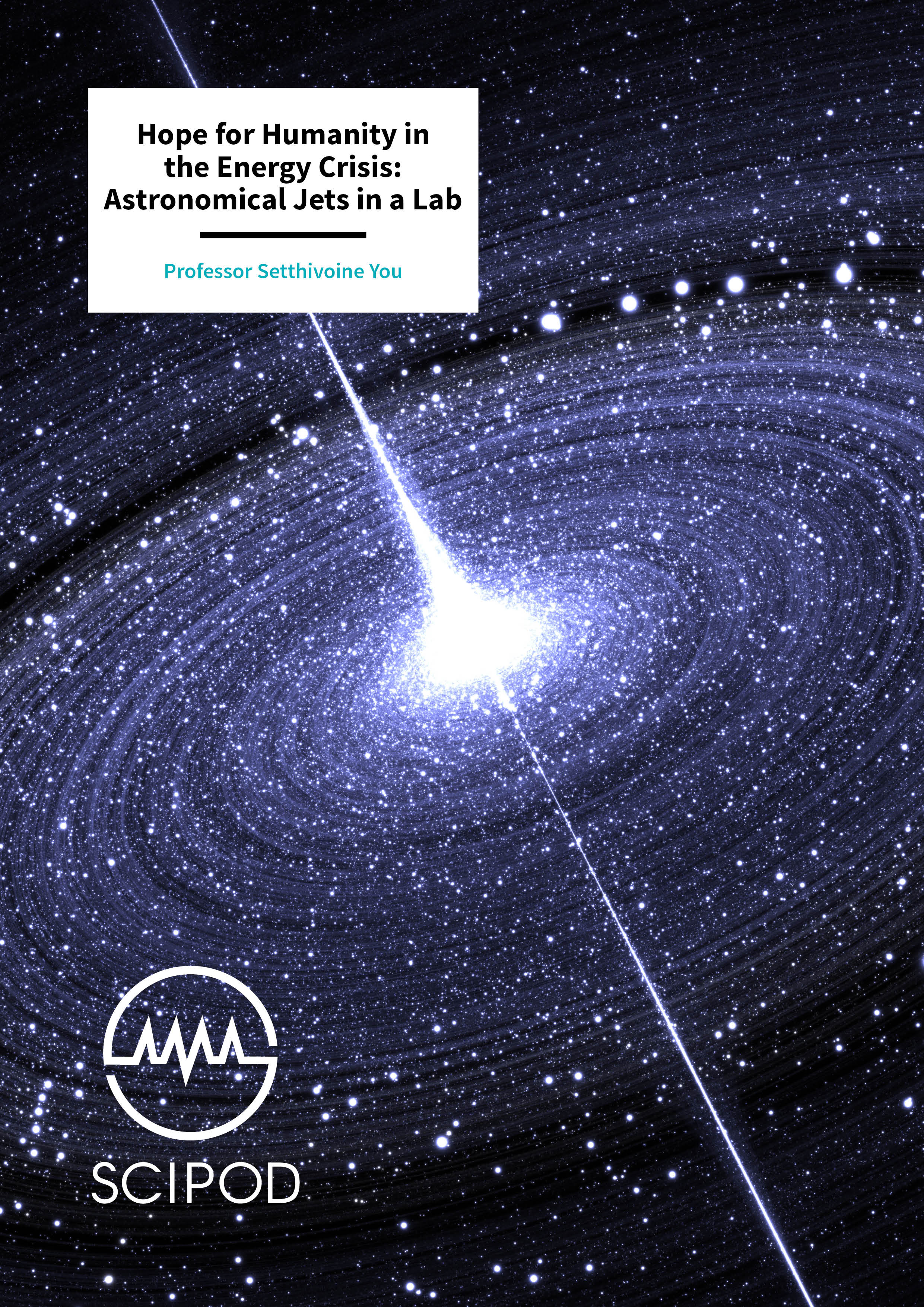
You may also like …
Calling in the Bioelectrician – Dr Andrew K. Udit, Occidental College
Calling in the Bioelectrician – Dr Andrew K. Udit, Occidental College
In the world of chemistry, the search for new and improved catalysts is of great importance. Inspired by a family of vital biological molecules, cytochrome P450 catalysts could be the way of the future for industry – if only they could be made to work better. Dr Andrew K. Udit and his team at Occidental College think they may be on the right track.
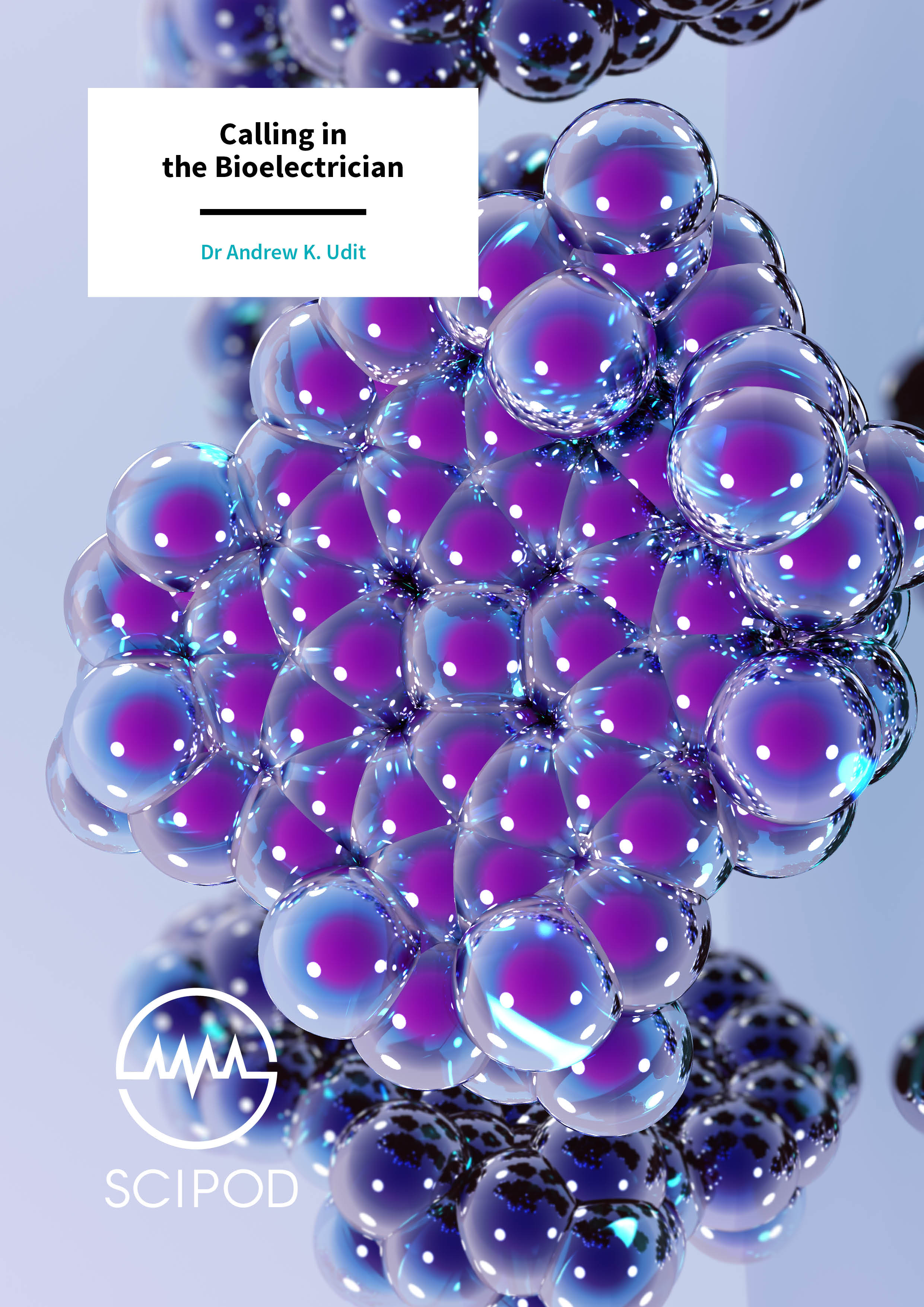
You may also like …
Actively Learning Chemistry Blended Classes for First Year College Students – Dr Lisa B. Hibbard, Spelman College
Actively Learning Chemistry Blended Classes for First Year College Students – Dr Lisa B. Hibbard, Spelman College
Flipped learning is an exciting new educational strategy aimed at maximising learning by delivering the content of courses online, while focusing classroom time on student-centred active learning tasks. Dr Lisa Hibbard at Spelman College in Atlanta, GA has been testing new flipped learning strategies for first year General Chemistry classes which are positively perceived by students and result in better performance.
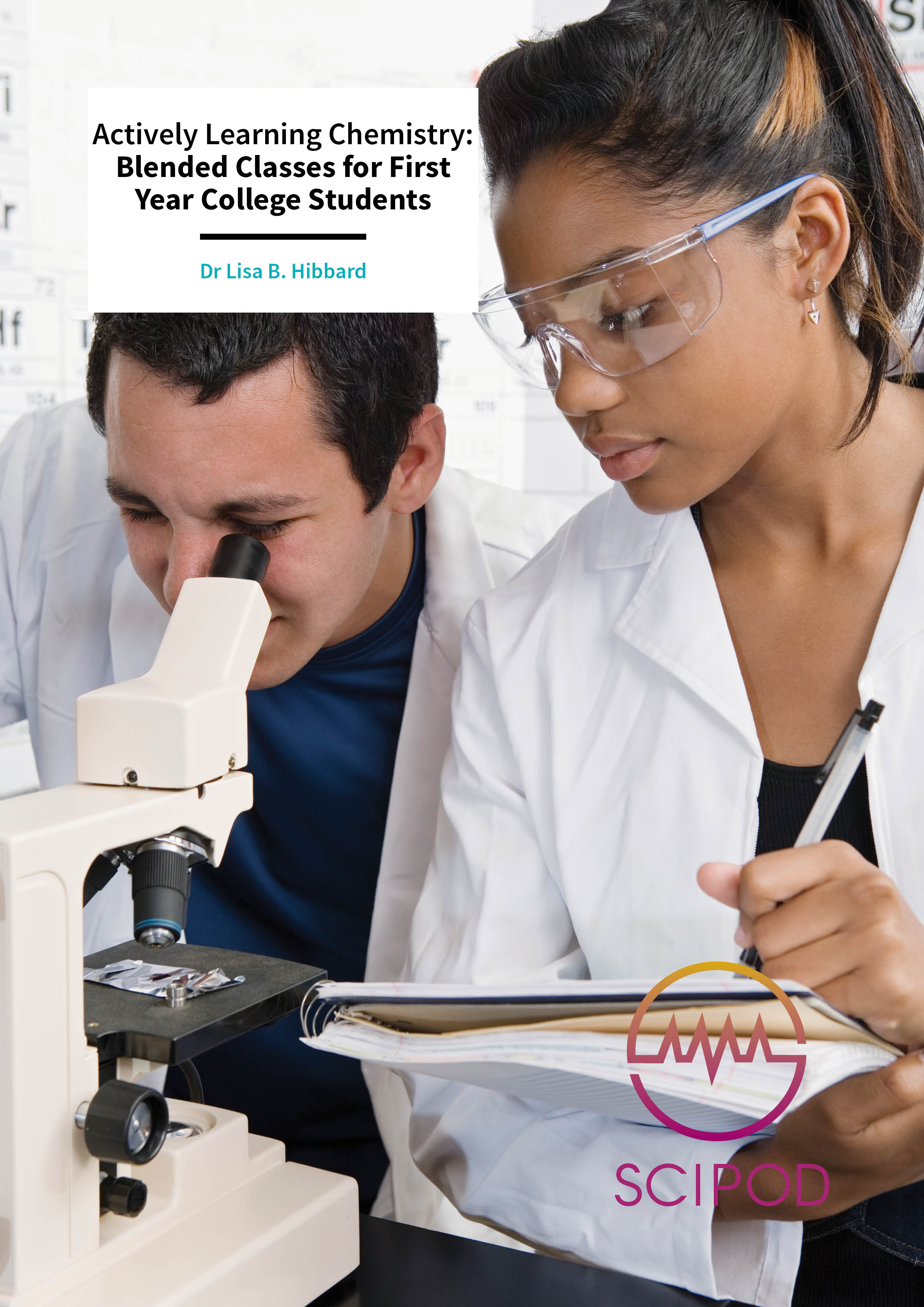
You may also like …
Literal Sun Jars Shrinking Stars for Energy Production – Professor Michael Brown, Swarthmore College
Literal Sun Jars Shrinking Stars for Energy Production – Professor Michael Brown, Swarthmore College
Science is the pursuit of knowledge – a search for an understanding. Sometimes that knowledge is simply collected and catalogued away for future reference (the laser was discovered in this manner) but, often, it is searched out vehemently to achieve something of importance. No other scientific endeavour has the potential to change the course of human history as much as Nuclear Fusion. And that’s precisely what Professor Michael Brown and his team at Swarthmore College are working on.
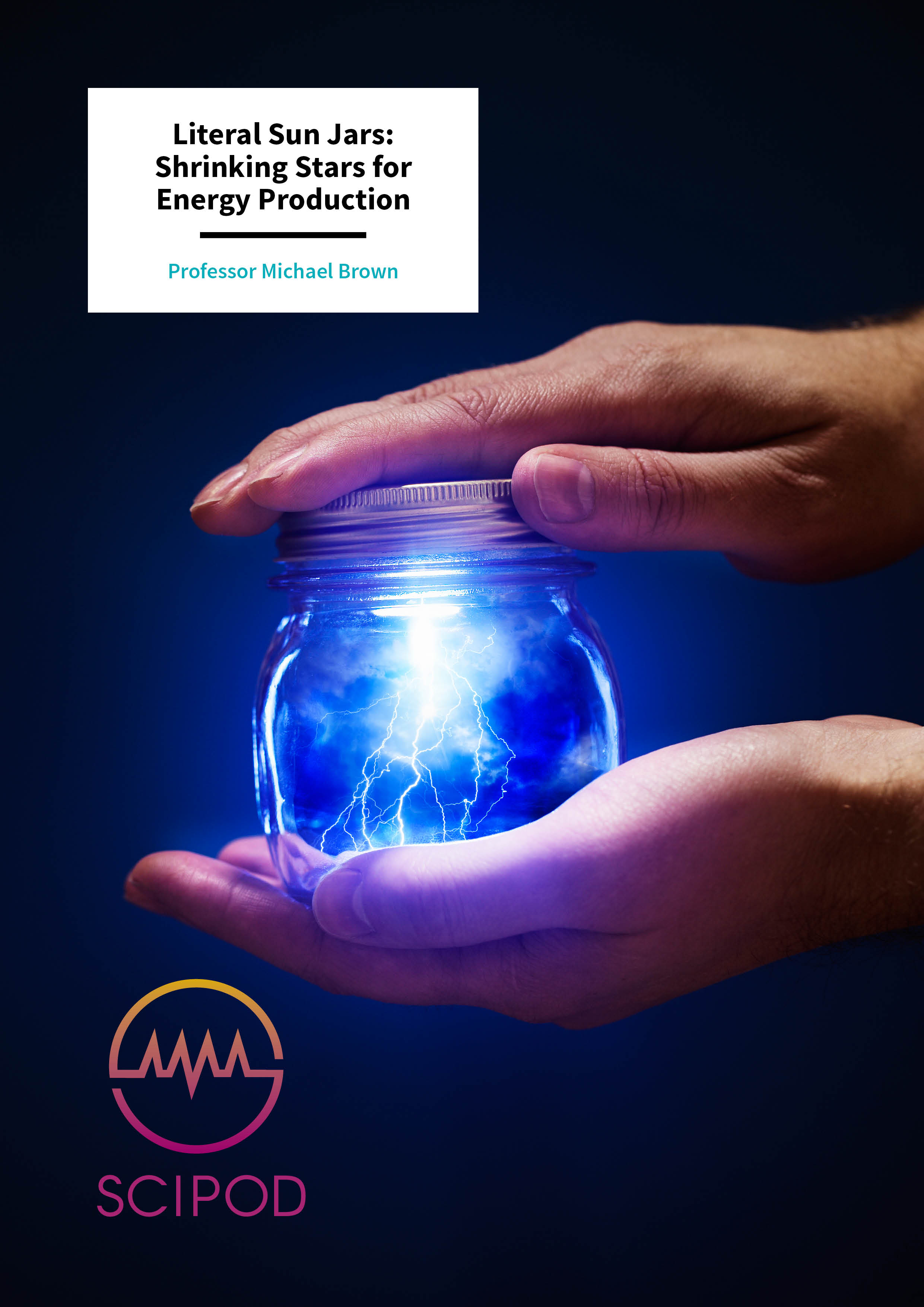
You may also like …
Refining the Theories of Planet Formation – Dr Melissa A. Morris, State University of New York at Cortland
Refining the Theories of Planet Formation – Dr Melissa A. Morris, State University of New York at Cortland
Science and philosophy are two of the most important pillars of human civilisation. But when it comes to the important questions, is there really much difference between them? Where do we come from? What is the meaning of life? Answers to such philosophical questions can often be scientific in nature, as shown by the work of Dr Melissa Morris, who is probing the early stages of how solar systems form.

You may also like …
Students Using Nanotechnology to Solve the World’s Greatest Challenges – Drs Edward Davis, Virginia Davis & Joni Lakin, Auburn University
Students Using Nanotechnology to Solve the World’s Greatest Challenges – Drs Edward Davis, Virginia Davis & Joni Lakin, Auburn University
The field of engineering is central to innovations across science and technology, yet many college students show a lack of interest in pursuing engineering careers. Educators at Auburn University are developing innovative educational modules that engage students in solving humanity’s biggest challenges using cutting-edge engineering techniques, cultivating enthusiasm for engineering careers along the way.
You may also like …
Cracking the Puzzle of Rock Fracture with Crystal Clues – Dr Stephen E. Laubach, University of Texas at Austin
Cracking the Puzzle of Rock Fracture with Crystal Clues – Dr Stephen E. Laubach, University of Texas at Austin
Drs Stephen Laubach, Jon Olson and Rob Lander and their team at The University of Texas at Austin are investigating the relationship between growth of fractures in rock, and chemical processes that occur within and around fracture openings. They are working to construct reliable models that predict how fracture patterns develop deep in the Earth. This builds an understanding of the paths that fluids travel deep underground, which is valuable to industries that extract resources contained within rocks, and to those that store waste materials underground.
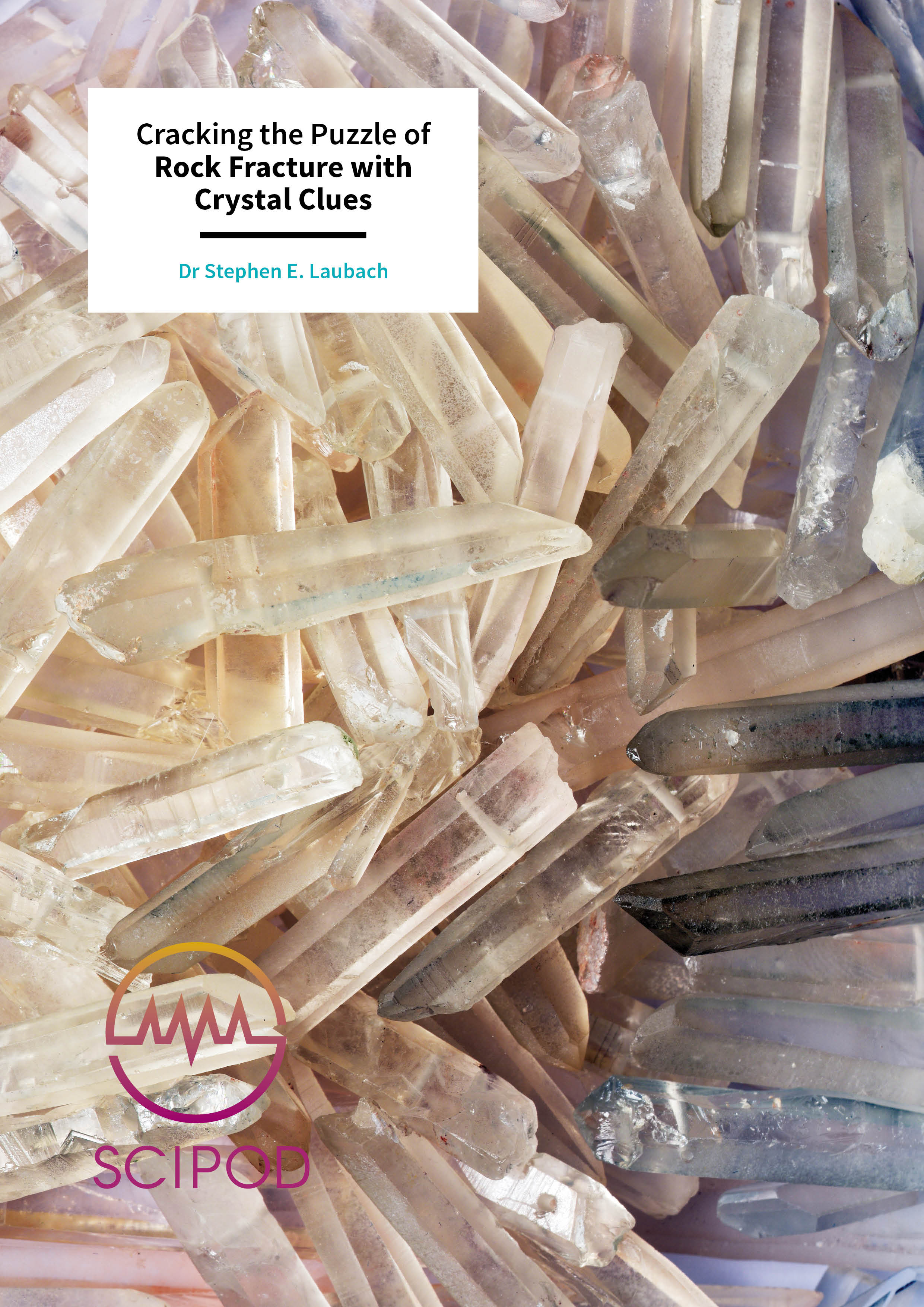
You may also like …
CAPTIVE: A New Direction for Virtual Reality Controllers – Professor Christopher G. Healey & Zeyuan Chen, North Carolina State University
CAPTIVE: A New Direction for Virtual Reality Controllers – Professor Christopher G. Healey & Zeyuan Chen, North Carolina State University
Virtual and augmented reality systems are transforming how we view and manipulate 3D objects. One of the biggest challenges to developers is to design fast, accurate, yet affordable controllers. Now, Professor Christopher Healey and Zeyuan Chen at North Carolina State University have announced the creation of CAPTIVE – a controller system they believe will do just that.
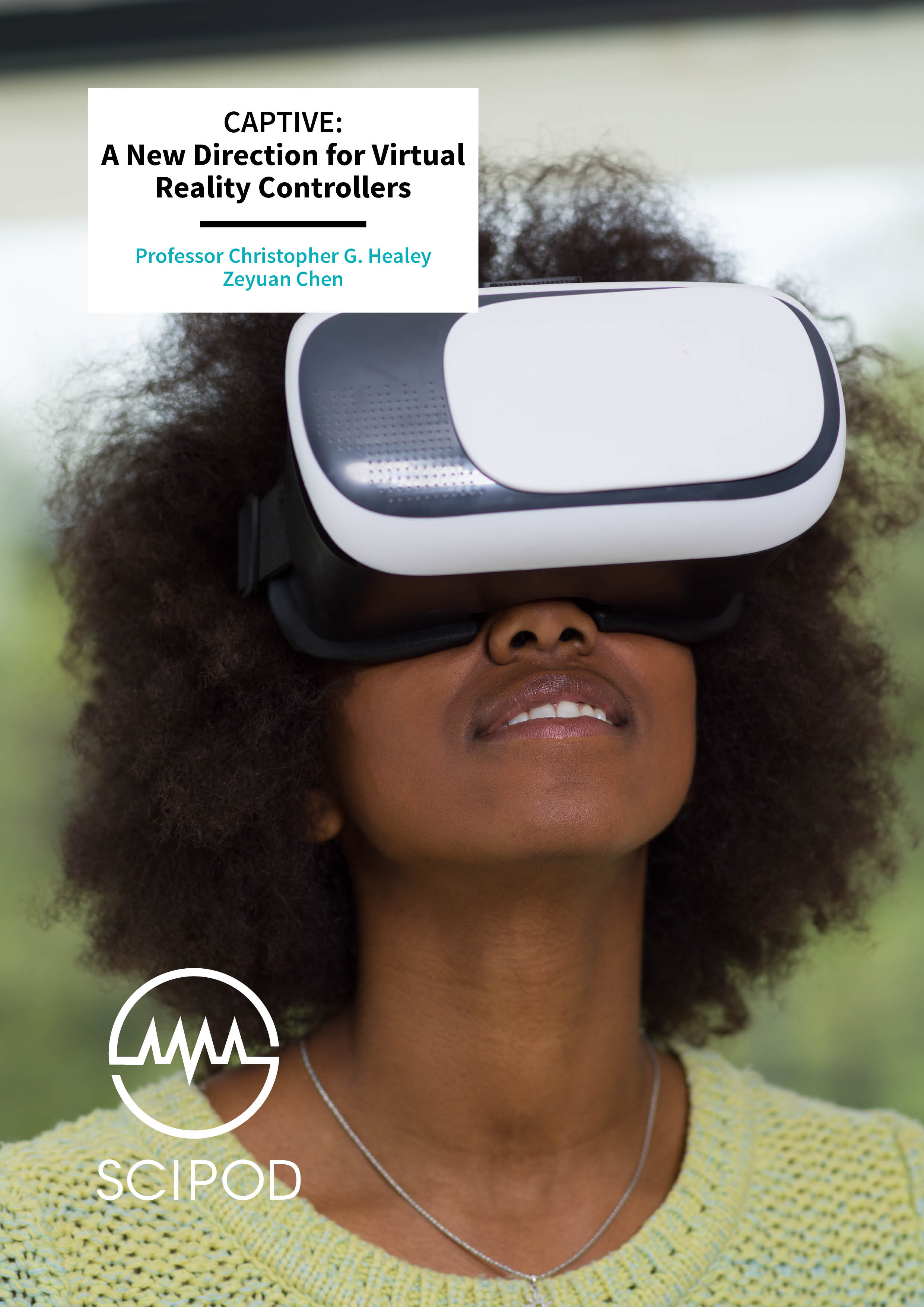
You may also like …
The Unexpected Spirals of Electron Density – Dr Jasper van Wezel, University of Amsterdam
The Unexpected Spirals of Electron Density – Dr Jasper van Wezel, University of Amsterdam
Spirals are an intriguing shape to find in the natural world because they have handedness – turning either to the left or right as you move along them – and it’s this property that makes the work of Dr Jasper van Wezel and his team at the University of Amsterdam particularly interesting. The recent discovery that electrons within the material Titanium-diselenide can spontaneously form into a corkscrew shape was an unexpected example of a spiral emerging in physics – and Dr van Wezel and his colleagues have dedicated the past few years to developing a simple, yet eloquent explanation.
You may also like
Using Noise to Control Micromechanical & Macromechanical Systems – Professor Balakumar Balachandran, University of Maryland
Using Noise to Control Micromechanical & Macromechanical Systems – Professor Balakumar Balachandran, University of Maryland
Micromechanical oscillators are components of many electronic systems that keep track of signal processing and ensure data is moved around without becoming jumbled up. Professor Balachandran and his team at the University of Maryland are exploring how noise can be used to control certain phenomena within arrays of these tiny mechanical oscillators, to change their behaviour and make them operate better than before. Their studies also have important ramifications for macro-scale mechanical systems.
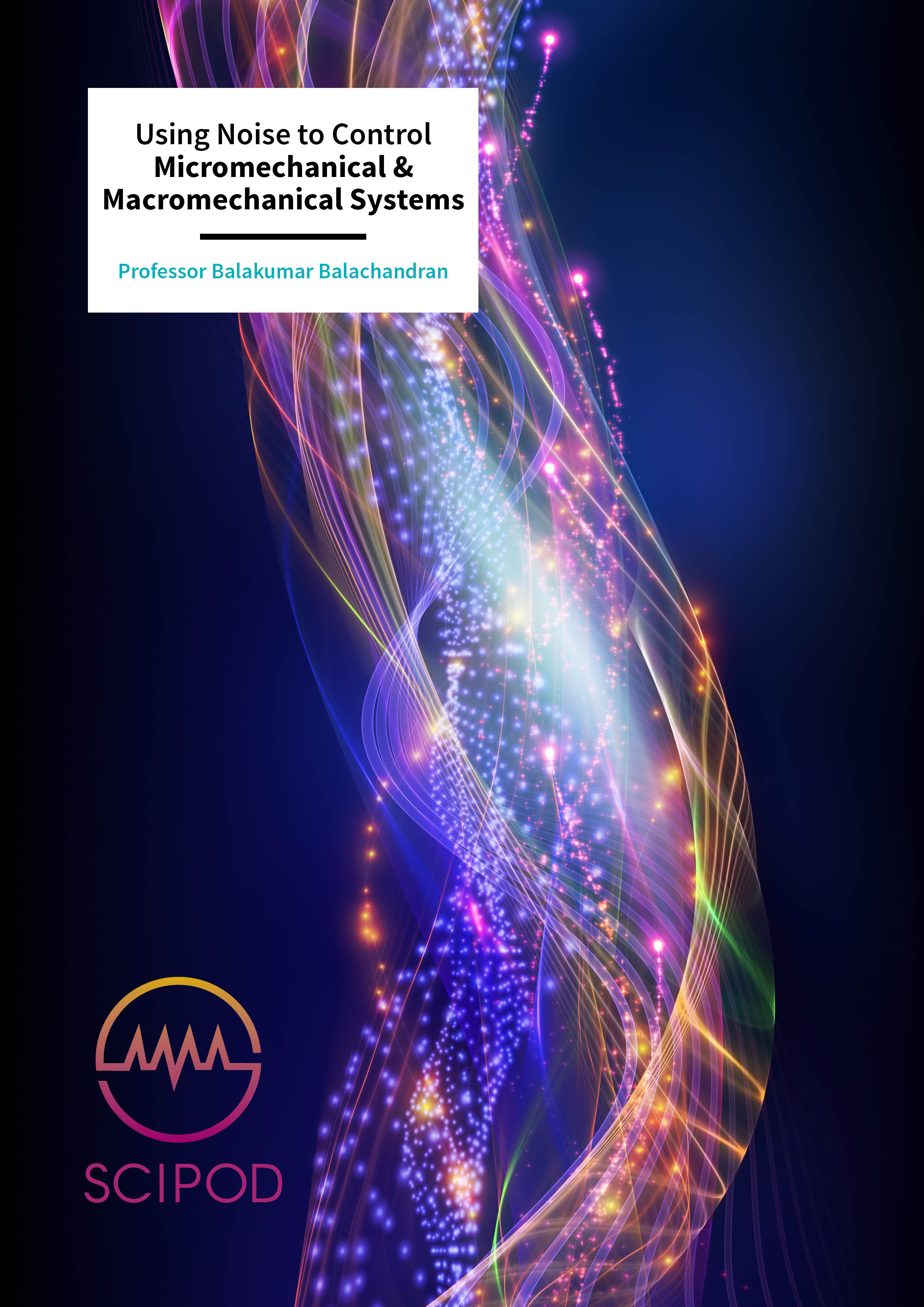
You may also like …
Understanding Particle-Fluid Interaction Dynamics in Turbulent Flow – Dr Lian-Ping Wang, University of Delaware
Understanding Particle-Fluid Interaction Dynamics in Turbulent Flow – Dr Lian-Ping Wang, University of Delaware
Almost every aspect of the global water cycle involves a mixture of fluids and particles – raindrop formation, ocean currents and water percolation through the soil. This mixture of gas and liquid or liquid and solid causes behaviour that is important to understand, but difficult to predict. This is particularly true when turbulent flow occurs. Dr Lian-Ping Wang at the University of Delaware has developed models and methods that have greatly improved our ability to understand and predict phenomena from localised rainfall patterns to particle transport in industrial processes.
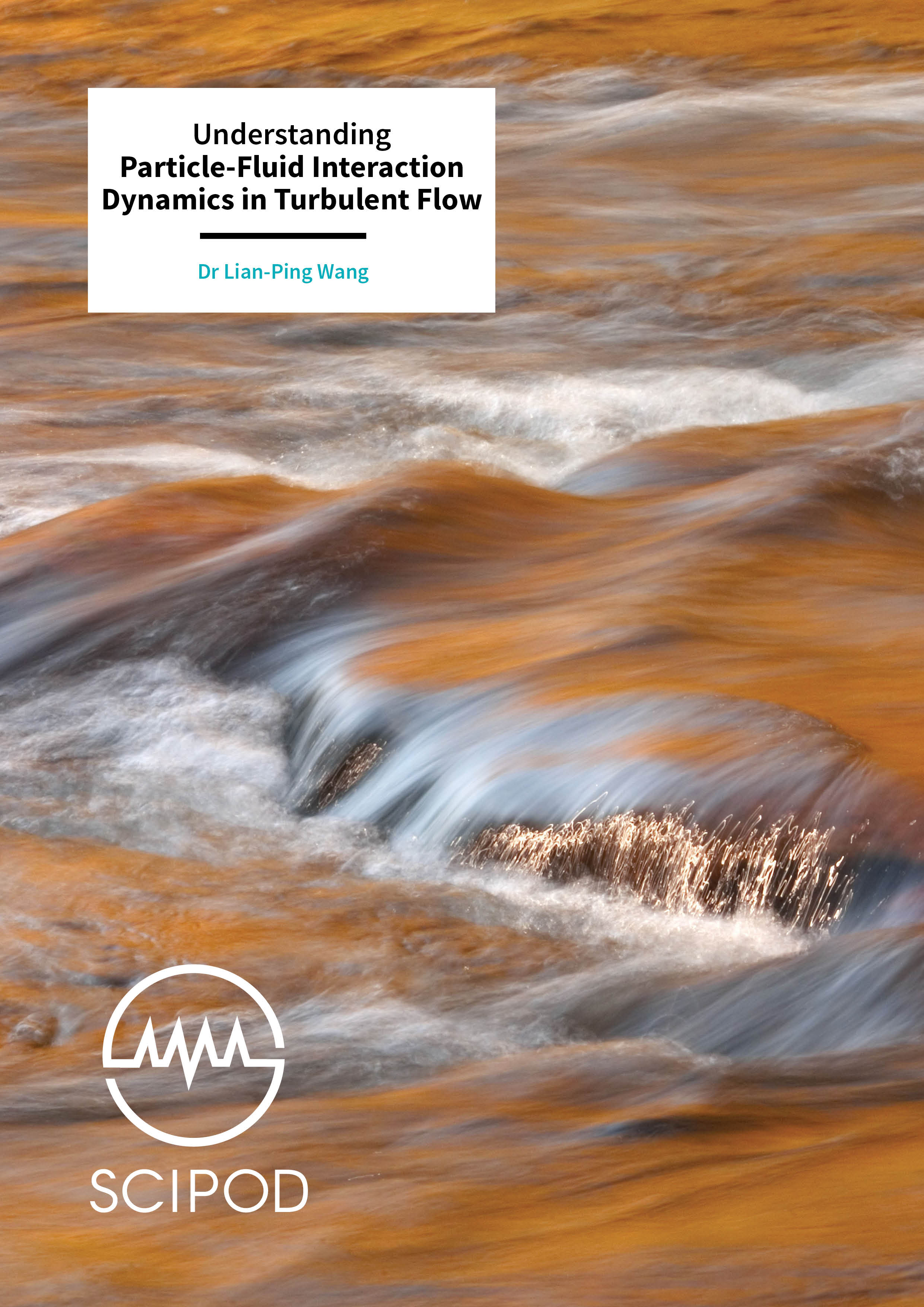
You may also like
Sandman and the Worm, Cellular Insights into the World of Sleep – Dr Cheryl L Van Buskirk, California State University Northridge
Sandman and the Worm, Cellular Insights into the World of Sleep – Dr Cheryl L Van Buskirk, California State University Northridge
Why we sleep is a mystery. Dr Cheryl Van Buskirk of California State University Northridge is using the simple roundworm, C. elegans, to probe the cellular basis of sleep – with implications for sleep in more complex animals – including humans.
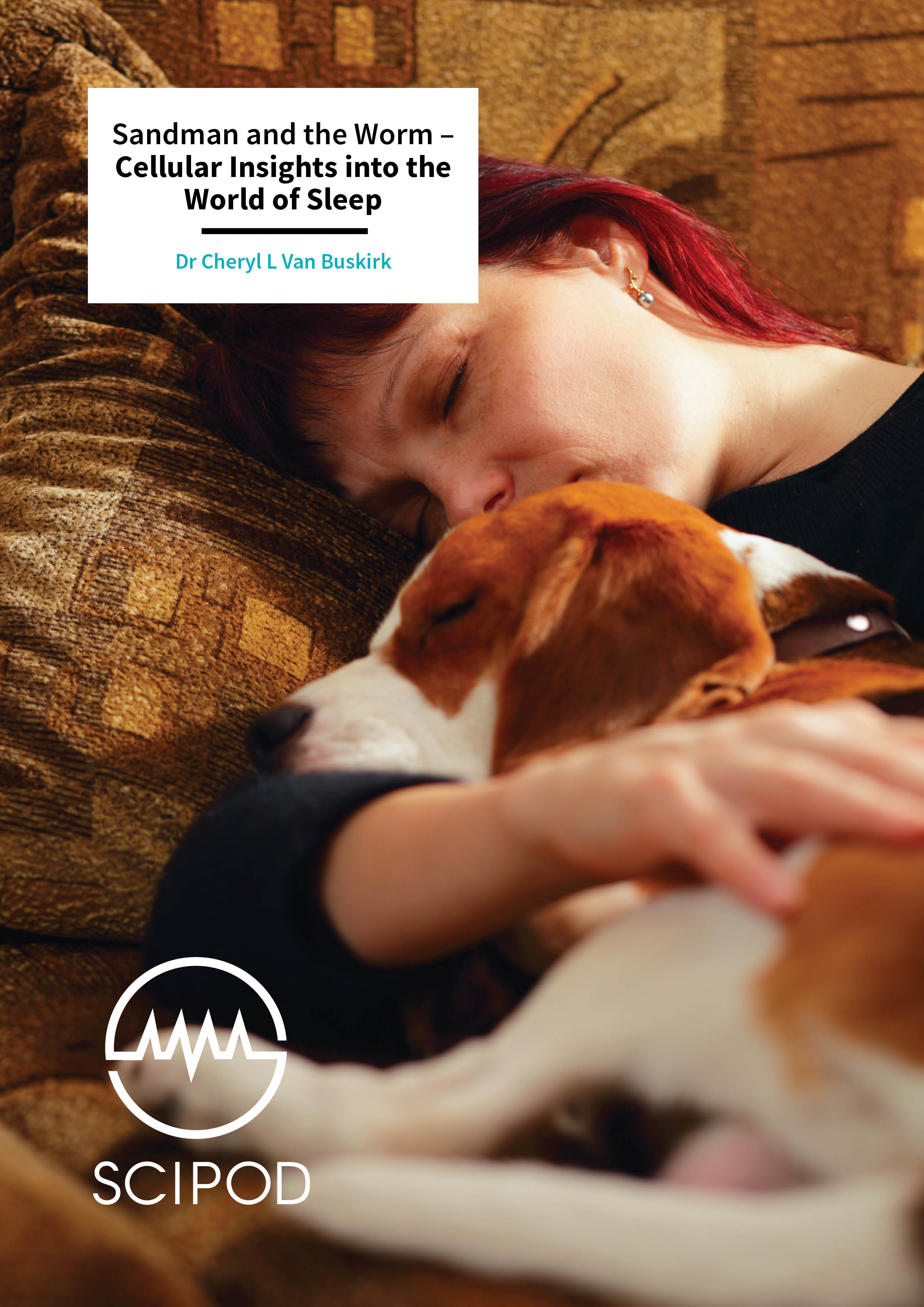
You may also like
Falling in Love with Statistics Shaping Students’ Relationships with Data – Prof Lisa C. Dierker, Wesleyan University
Falling in Love with Statistics Shaping Students’ Relationships with Data – Prof Lisa C. Dierker, Wesleyan University
Statistical data analysis is a cornerstone of the sciences and operates as a shared language across disparate fields, from neuroscience to astronomy. However, current curricula often result in disengaged and stressed students who struggle to connect the concepts of statistics to the real world. Professor Lisa Dierker and her team at Wesleyan University have developed a novel approach to teaching statistics and data analysis that empowers students from diverse educational backgrounds. Her program, Passion-Driven Statistics, offers a multidisciplinary project-based approach that is both supportive and engaging for students at all levels of statistical mastery and those coming from diverse educational backgrounds.

You may also like
Bugs are Friends Taking an Ecosystem View on Forest Health – Professor Timothy D. Schowalter, Louisiana State University
Bugs are Friends Taking an Ecosystem View on Forest Health – Professor Timothy D. Schowalter, Louisiana State University
Humans commonly view insects as unwanted nuisances, and many modern land-management practices focus on reducing insect numbers using toxic pesticides and invasive biological controls. Professor Timothy Schowalter at Louisiana State University has been studying insect communities for decades, and suggests that by working with insects in an ecosystem approach, we could enjoy healthier environments for years to come.
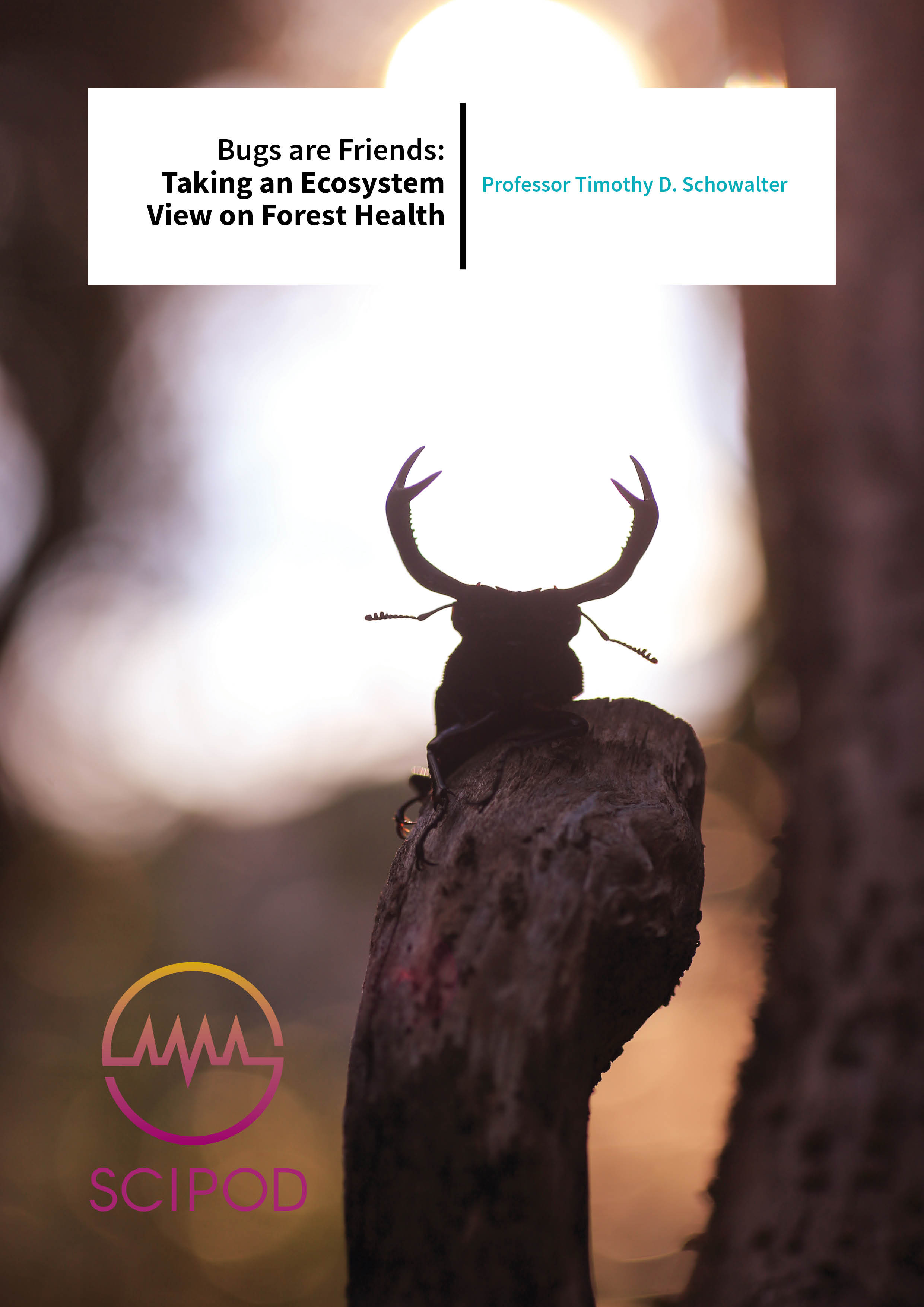
You may also like …
TICAL Aims for Paradigm Shift in PET Imaging – Professor Paul Lecoq, CERN
TICAL Aims for Paradigm Shift in PET Imaging – Professor Paul Lecoq, CERN
In an ongoing effort to increase the accuracy and sensitivity of current PET (positron emission tomography) scanners, Prof Paul Lecoq and his team at CERN research various elements of this particular imaging technique. Inspired by particle physics detectors, the team is making ground-breaking modifications to current PET technology, which will help physicians make more precise diagnoses, implement more accurate treatment plans and increase patient survival rates for a multitude of conditions. From cancer and neurodegenerative conditions through to osteoarthritis and diabetes, all will see improved diagnoses and treatment regimens for an increased number of diseases and patients.
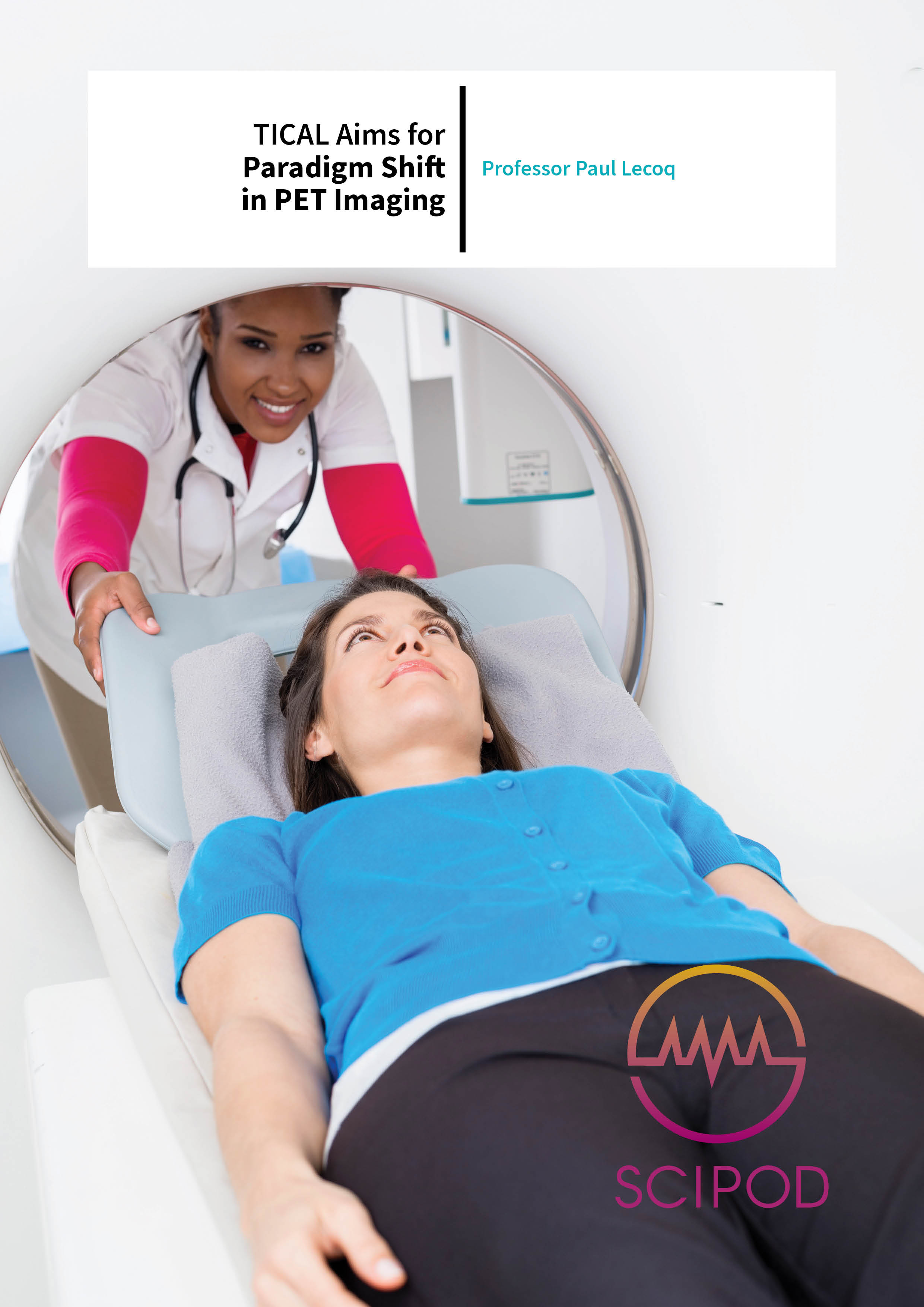
You may also like …
Understanding the Early Solar System Through Isotopic Fingerprints – Dr François Robert, Institut de minéralogie, de physique des matériaux
Understanding the Early Solar System Through Isotopic Fingerprints – Dr François Robert, Institut de minéralogie, de physique des matériaux
During the early stages of the solar system formation, the development of molecular organic and inorganic structures occurred through poorly documented mechanisms such as photochemistry or nuclear reactions. Directly probing such phenomena in the laboratory is almost impossible. However, isotopic compositions in lunar soils or in meteorites are chemical fingerprints, which Dr François Robert at the National Museum of Natural History, France, uses to resolve these unexplained phenomena.

You may also like
Influenza – New Strategies for Defeating an Old Enemy – Peter Palese, Icahn School of Medicine at Mount Sinai
Influenza – New Strategies for Defeating an Old Enemy – Peter Palese, Icahn School of Medicine at Mount Sinai
Influenza continues to be one of the most common respiratory diseases in humans and represents a significant public health burden, due to its associated morbidity and mortality. Dr. Peter Palese and his colleagues at the Icahn School of Medicine at Mount Sinai in New York are spearheading a ground-breaking project that aims to design a novel influenza virus vaccine. This vaccine will overcome many of the limitations faced by available vaccination approaches and, ultimately, provide universal and long-lasting protection against seasonal and pandemic influenza.
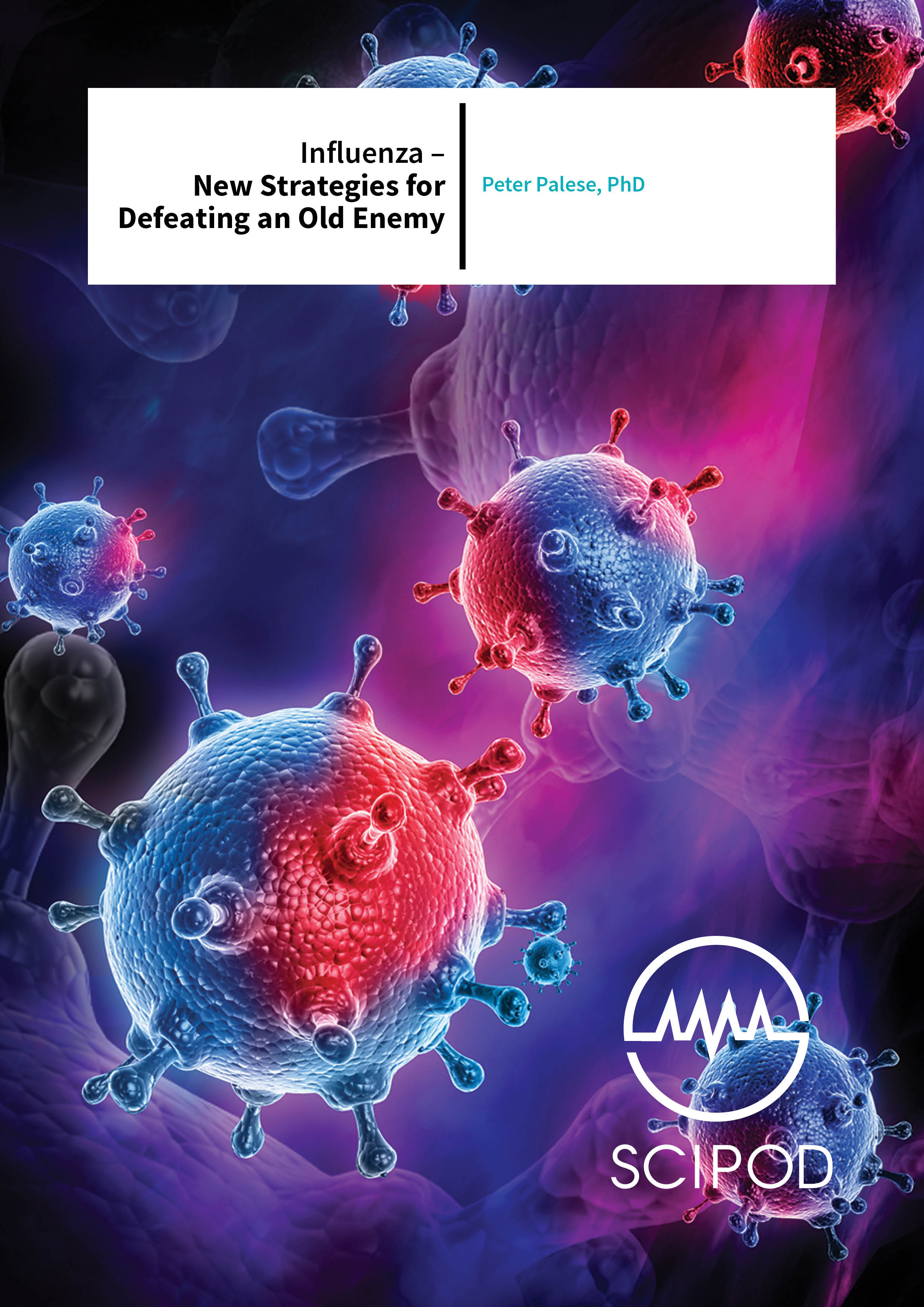
You may also like
Fighting Endemic Parasites New Technologies to Solve Old Challenges – Dr Paul Slusarewicz, MEP Equine Solutions LLC
Fighting Endemic Parasites New Technologies to Solve Old Challenges – Dr Paul Slusarewicz, MEP Equine Solutions LLC
Intestinal worms are among the most common types of parasitic infections worldwide. Despite technological advances in other areas of medical diagnostics, the procedure for identifying worm infection, the faecal egg count, has remained largely unchanged since its debut nearly a century ago. Dr Paul Slusarewicz and the team at MEP Equine Solutions are revolutionising the way veterinarians detect and quantify worm infections using a tool many of us already carry on a daily basis – our smartphone.
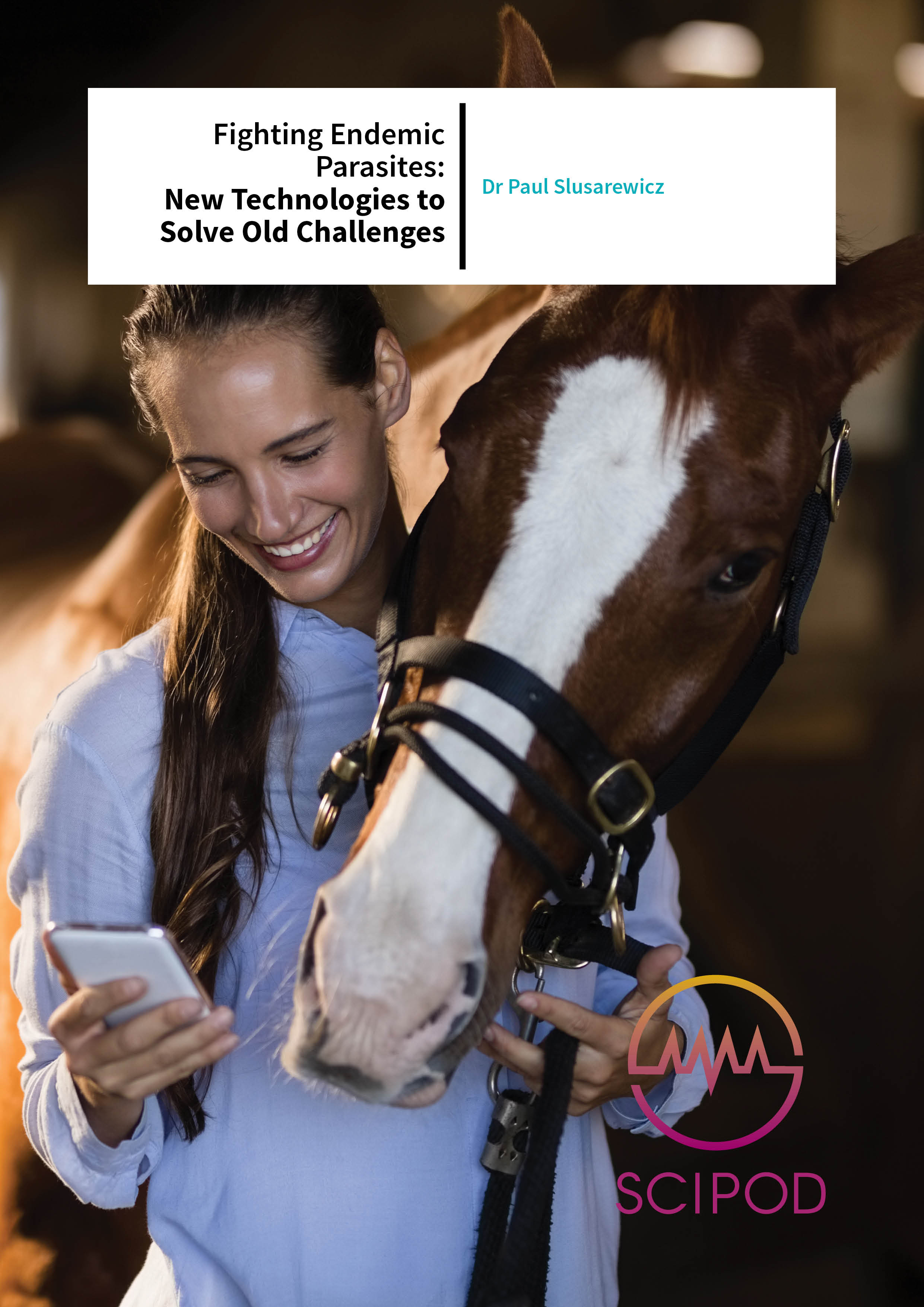
You may also like
The Exotic Chemistry of the Heaviest Elements – Professor Thomas E. Albrecht-Schmitt, Florida State University
The Exotic Chemistry of the Heaviest Elements – Professor Thomas E. Albrecht-Schmitt, Florida State University
Relatively little is known about the chemical reactivity of radioactive elements, as using them in the lab requires heroic efforts. However, Professor Thomas Albrecht-Schmitt and his group at Florida State University have successfully been able to investigate the chemical bonding and structure of molecules containing radioactive elements such as plutonium and californium, providing important insight into their chemistry. These investigations could be an important step in designing compounds to help clean up nuclear waste.
